
Covering over 550,000 square feet of exhibit space, this year’s event displayed innovative offerings from more than 1,100 exhibitors representing the entire range of the global attractions industry.
Education sessions at IAAPA Expo 2025
The event's education conference featured expert speakers sharing insights on a wide range of topics.
On Monday, the day began with a look at what the international zoo community can learn from European zoo positioning, with speakers from Lion Country Safari, Breda University, SSA Group, and Curiodyssey.
Goof Lukken, a senior lecturer at Breda University, gave a summary of the market, discussing new trends for VR and AR attractions in zoos and aquariums, as well as the increased focus on immersion and storytelling. He also spoke about the growing trend for zoo resorts/hybrid, such as Safarilodges Zoo La Fleche.

He added that it is essential that zoos differentiate themselves from others and continue publicising their focus on animal welfare.
Jason Jacobs, CEO of Lion Country Safari, also made the point that social media is impacting operations, noting the power of going viral. He also spoke about the importance of storytelling, saying: "The greater stories we can tell, the greater the capacity to fulfil our missions."
Story is key
Elsewhere, speakers from New Peak Interactive, Emma Oliver Creative, The Walt Disney Company, THG Creative and JDWstories spoke in a session on what storytelling looks like in various attractions, why audiences love it, and its return for businesses.
This explored wish fulfilment, how a strong story can help answer design questions like 'what should this bench be made out of?', and how to create stories that guests can engage with at any level.

“Having a story that can meet them and engage with them is really important," said Charlie Jicha of THG Creative. It allows audiences to choose how they engage with the story, whether they dive in deep or not.
“Attractions don’t need plot, but they need purpose, and story provides that purpose," added Chaz Moneypenny of New Peak Interactive. “You know when a story is elevating an experience when the how disappears behind the why,” said Jared Wells from JDWSTORIES.
Gaming IP
Next up, Natalia Bakhlina from Leisure Development Partners led an EDUTalk on the rise of gaming IPs in attractions, offering an overview of the market from an economist's perspective.
One key point she made is that most mobile games are not based on gaming IPs; often, players are fans of the IP rather than of gaming itself. She added that nostalgia is a powerful trend: "What people want is to be immersed in their favourite world, for the details to be right."

When it comes to opportunities versus challenges, gamification has high construction and development costs but also offers a price premium and great opportunities for merch spend. High-tech attractions need fewer staff, but those staff do need to be more specialised.
There are also challenges in repairs and maintenance, and tech ages fast. "You need a plan, you need to understand your market," said Bakhlina.
The changing climate
There was also an interesting session on how attractions can build resilience and flexibility in the face of unpredictable weather, featuring insights from ZooTampa at Lowry Park, the Detroit Zoological Society, and the Phoenix Zoo.
“There aren't 100-year storms any more as we are used to them," said Emily O'Hara, Detroit Zoological Society. "Many of us are looking at higher and lower temps than average as well as more extreme weather events such as hurricanes, fires, drought and floods”
For the Detroit Zoo, this impacts event planning and operational considerations, including preparing guests and staff and making adjustments.
Meanwhile, coping with extreme heat at the Phoenix Zoo means the organisation adjusts its opening hours in summer and offers free safari cruiser and carousel rides. Customer and staff welfare are important considerations, said Jessica Hintz.
 Detroit Zoo
Detroit Zoo
Anthony Woodson spoke about ZooTampa and Hurricane Milton, explaining what the team did to prepare.
He said that communication was key, with the public keen for good news stories, wanting to know what the zoo was doing to protect the animals.
He also said it was essential to look after employees' personal needs and be aware of the impact of storm damage in their own lives and across the wider community. During the cleanup operation, the zoo ensured that those working on site were given hot meals.
Balancing work and life
Steven Tarca of SUMMIT One Vanderbilt, Clara Rice from Adirondack Studios, Dawn Foote of Katapult Ltd, Jeff Alexander from Holiday World & Splashin' Safari, and David Gray of Lagoon Amusement Park, discussed how individuals and organisations can create sustainable, people-centred approaches to balancing work and life.
Turnover is high in this industry, so how do we retain a great workforce?
Integration, not just balance, can become a shared responsibility between individuals and organisations, said David Gray: "It's not about making choices between...It's about integrating the two."
 SUMMIT One Vanderbilt
SUMMIT One Vanderbilt
Foote added that the team is an ecosystem that leaders have to nurture. Rice said it is good that we are talking more about stress and wellness, and, with the TEA, she worked to create a formal programme to unite these conversations happening in disparate places.
Other strategies covered by the panel included calendar management, boundaries, and communication. Alexander also talked about the value of engagement surveys, listening to team members and understanding what they need.
Heritage tourism
In Reimagining heritage tourism: how immersive experiences drive engagement, Manon McHugh of Moment Factory examined the challenge of making old buildings that are stunning more relevant and getting the TikTok generation to engage with heritage sites.
“When you deal with historic sites, you can’t just paint over them,' she explained. Tech must be a tool that amplifies what is already there.
“We must take passive viewing and transform it into immersive engagement," she added.
 AURA at Grace Cathedral
AURA at Grace Cathedral
Nighttime revenue offers a new stream of income for heritage attractions, many of which are looking to capitalise on the boom in the immersive industry.
She also spoke about the importance of what she called ROE (return on emotions): “The higher the ROE, the faster the ROI follows.”
One example is Moment Factory's Aura, showing at Grace Cathedral in San Francisco.
“The role of tech is already to enhance the site's historical truth, not obscure it," said McHugh. “You cannot fake heritage.”
Strengthening safety culture
On Monday afternoon, Mobaro's David Bromilow was joined by Jason Freeman of Six Flags, Gina Claassen from Herschend, Mike Denninger of Denninger Development LLC and Luisa Fernanda Velasquez of Parque Del Cafe to discuss how strengthening safety culture is a collective commitment.
Bromilow spoke on challenges, including the high turnover of seasonal workers and being able to inspire company culture in 18-year-olds who are only there for a few months.
He also talked about the cross-section of roles within park operations and the fact that people attending parks are effectively journalists with mobile phones capable of capturing any safety problems.

The panel then discussed safety in their attractions, how to inspire company culture, and how to really embed safety into all aspects of operations.
Claassen spoke about how senior management carries trash pickers around the park, and how this is transformational for company culture. Denninger mentioned Busch Gardens Williamsburg's head of safety, who would say to the team, "I want you to look for reasons why we should keep this attraction closed."
Data and performance
Jeff Wyatt from Space Center Houston, Mariano Otero of Fever, David Woody from the Griffin Museum of Science and Industry, and Corey Breton from Cosm shared how real-time audience insights, behavioural data, and performance analytics help operators at cultural attractions, IP events, and live sports improve content, expand audiences, and boost guest engagement.
Wyatt explained that Space Center Houston was experiencing a surge in visitors and needed to increase capacity. So, it decided to make use of an underutilised theatre space by remapping the hit show Moonwalkers for the space.
At the Griffin Museum of Science and Industry, the challenge was how to use immersive tech in all its forms to inspire the inventive genius in all visitors, which is the institution's mission. With thousands of objects waiting for their stories to be told, how can tech help make that happen?
The Griffin Studio is a new high-tech, flexible space with a modulated system that brings visitors on a journey to the Intersection of art and science.
 Cosm, LA
Cosm, LA
Exploring how operators can use technology to connect with audiences, Breton presented Cosm, which he said "needs to be seen to be believed." The team set out to transform how people experience content, giving everyone the best seat in the house and democratising access to events.
When it comes to data, Woody said, "You have to thrive as a business to survive as a museum." Data and metrics, along with guest tracking, help with planning and provide insights on how to encourage visitors to come back.
Emerging trends
Later on Monday afternoon, Cynthia Sharpe of TAIT and Shawn McCoy of Imagine presented the latest examples of how emerging tech and fresh storytelling approaches are being used to create memorable visitor experiences.
In a time of instability, where many are still feeling the impacts of 2020 and anxiety rates are high, Sharpe said that affinity is the new IP, with audiences finding comfort in the things they love, in new places. Experiences are leaning into shared interests, e.g. Virgin's new true crime-themed cruises, stationery festivals, and K-POP city takeovers.
McCoy showcased five trends shaping how we create experiences and why they will have a long-term effect. The first is customer convenience - with streaming, music, food delivery, and more, we are curating our lives one algorithm at a time.
Examples include V&A East Storehouse's Order an Object service and the personalised experience at the National Comedy Centre.
 Order an Object appointment at V&A East Storehouse. Image by Bet Bettencourt for V&A, Object pictured - A pair of qabqab, made 1800-1880, Egypt
Order an Object appointment at V&A East Storehouse. Image by Bet Bettencourt for V&A, Object pictured - A pair of qabqab, made 1800-1880, Egypt
People are used to content that changes frequently. Universal's Halloween Horror Nights is an excellent example of how fresh content keeps people engaged.
The second trend he identified is the power of IP and brand experiences. People want new ways to experience their favourite brands. For instance, Grease: The Immersive Movie Musical allowed people to step inside that world, while a limited run drove demand.
Trend three is video game culture, e.g. the Minecraft Immersive Experience and the Pac-Man Live Experience. It's not just computer games; classic tabletop and board games are also being transformed into attractions, e.g Dungeons and Dragons.
This links to the continued popularity of social/competitive play, for instance, with brands like Puttshack and Flight Club.
McCoy's fourth trend is the human connection. Guests are enjoying productions where the dancers, actors, singers, and others are just as invested as the audience. For example, Bob Marley Hope Road.
Finally, with the fifth trend, advancing technologies, McCoy added that more technology will come that we don't even know about yet, so fast-moving is this area. Screen technology, for instance, has evolved at an astonishing pace, with attractions like Sphere in Las Vegas and Cosm in LA.
Competitive socialising
Ade Jones of CONDUCTR explored the ROI of competitive socialising. This trend rose as the pub market declined and big-box retail began to fail, leaving empty units. Then, when COVID hit, it caused a massive shift in technology use.
In the past 20 years, experiences have become the anchor tenants of destinations, not retail, which now feeds off them.
 CONDUCTR - The Arena from Game Volt
CONDUCTR - The Arena from Game Volt
The brands that had invested heavily in brand development resonated with audiences, and the experiences that thrive have solid brands, such as Flight Club.
Guests are value-driven. When guests get fantastic value for money, they will come back, said Jones. He also spoke about tiered pricing and how price elasticity creates incentives for large groups.
Artificial intelligence
The final session of Monday afternoon saw Raven Sun Creative's Louis Alfieri discussing how AI is transforming creative value systems, production pipelines, and concept development throughout the industry.
AI will change what we are doing around the world, said Alfieri, who explored the impact of this new set of tools, saying, "The future has already arrived."

"As humans, we must continuously learn throughout our lives to expand our horizons. As creators, we must continuously explore and refine mastery of the tools at our disposal to articulate the ideas and emotions we wish to express. As businesses and communities, we must adapt or get left behind."
With AI technology changing by the second, most people are not experts. It is not a unicorn solution, he added: "You need a team that understands how to leverage this tool."
Designing for every mind
Tuesday morning began with Meredith Tekin of IBCCES, Jenny Lim from Gigantic Playground, Genein Letford of CAFFE Strategies, Inc., Ned Diestelkamp from PGAV Destinations, and Julie Estrada from Merlin Entertainments exploring how inclusive practices help to create amazing memories for guests.
Letford began by talking about brain capital and what we need for a healthy brain, as well as NeuroAesthetics, or the ability to appreciate beauty.
Then, Diestelkamp explored the human factor and the importance of knowing visitors and understanding them, sharing insights from PGAV's Voice of the Visitor research.

This showed that 30% of guests reported visiting with someone who is neurodivergent or has a disability. Plus, 34% said they, or someone in their party, were discriminated against or had a negative experience due to having a disability, or 30% due to having a neurodivergence.
Tekin added that many different groups benefit from accessibility support.
For example, dropped curbs don't just help wheelchair users; they also make it easier for people with prams or pushchairs. Operators need to think about how they can make it easier for people to visit locations and feel welcomed.
Estrada shared how the Lego philosophy is that only the best is good enough, adding: "Education is everything... listen to your guests, evolve and grow"
The future of cruise
Also on Tuesday morning, Josh Martin of Martin Aquatic, Keith Carr from Carnival Cruise Line, Leon Camarda of Project Management Advisors, Inc., and Scott LaMont of EDSA examined the future of experiential cruise destinations.
Carr said: "Carnival's ships have become the hotels, and our destinations have become resort amenities."
He also spoke about environmental protections and considerations when planning new experiences and destinations, and supporting and investing in local communities and businesses.
LaMont talked about making sure every tier provides the best experience for guests, with Carr adding, "We need to be everything for as many people as possible."
Later, Myke Eggers of SSA Group presented Case Study: Learn from SSA on the Hospitality Initiative / Mirror Check: Is Your Hospitality Strategy Polished? SSA launched bold initiatives in 2025 to improve hospitality through better training and engagement.
Immersivity and transformative experiences
On Tuesday afternoon, TAIT's Arielle Lindsey presented Creating Immersion through Atmosphere Entertainment with colleagues Jim Shumway and Erica McCay alongside Ameenah Kaplan of Walt Disney Live Entertainment and Andy Crocker from Mister & Mischief.
Exploring what atmospheric entertainment means to the panellists, McCay said it is about the places where worlds can come to life, for example, Disney's Galactic Starcruiser, which she added had big story moments but also little moments and one-on-one connections. Kaplan said that Renaissance fairs are also a good example.
Crocker said that these moments should be discoverable, happening all around you, such as Ghost Town Live at Knotts Berry Farm.
Shumway added that good world-building creates the impression that this place existed before you arrived and will continue after you leave; you are just passing through.
 Star Wars: Galactic Starcruiser
Star Wars: Galactic Starcruiser
They also explored the importance of guest agency in atmospheric entertainment. Crocker said: "Agency is a word we use a lot, but you can't have guest agency at the centre without having design agency. Kaplan added that the design needs to invite guests in.
On Wednesday morning, Beyond POP (Pay-One-Price): How Theme Parks innovate Revenue Streams beyond Physical Expansion, discussed how the attractions sector is adopting new pricing and revenue strategies. Speakers included Marie Weissbach of WhiteWater and Peter Gruetzner from Therme Erding.
Elsewhere, How to Capture SuperFans: Designing Deeply Transformative Experiences illustrated how to craft immersive and transformative experiences that foster strong connections with visitors who seek more than simple entertainment at amusement parks, attractions, and museums.
The panellists were Meghan Gardner of Guardian Adventures, Jasmin Jodry from MOTO, and Caro Murphy of Incantrix Productions.
Later that morning, the Terrifying Leadership Experience prompted participants to build practical, real-world skills within a psychologically safe but intentionally challenging environment.
Speakers included Scott Swenson from Scott Swenson Creative Development, Matt Heller from Performance Optimist Consulting, and Heather Doggett from Scream Score/Immerse Universe.
Trends and brand experiences
Thursday morning started with a regional review of trends in The EMEA Attractions Market: Trends, Practices, and What Sets It Apart. This provided an overview of the EMEA market, highlighting how attractions evolve through unique operations and partnerships compared to US practices.
Speakers included Bart Dohmen of TDAC BV, Lukas Metzger from Europa-Park, Andy Hygate from Pleasure Beach Resort, and Annabel Rochfort of Rochforts LBE Consultancy.
Engaging Brand Experiences: The Art of Turning Brands into Destinations explored how brands like National Geographic, Minecraft, and Delta have transcended traditional marketing to become immersive destinations.
 Minecraft interactive experience
Minecraft interactive experience
The panel included Shawn McCoy of Imagine, Nedra Wilson from Minecraft/Microsoft Gaming, Anthony Hickson of Imagination Immersive Studio, Rochelle Wilhelm from the National Geographic Society, and Nina Thomas of Delta Flight Museum.
McCoy said that the competition for our attention is intense and constant. Defining brand destinations, Wilhelm said, they are a chance to experience the brand in a whole new way and be part of the community.
On brand homes, Hickson said the experience that you take people on builds the emotional connection with the brand. Wilson added that it is a value proposition to be able to touch Minecraft in real life and step into that world.
They all spoke about having something for everyone, layers for different types of visitors, e.g., super fans and casual visitors, and the importance of keeping experiences fresh and relevant.
Sustainability
Other sessions on Thursday included Driving Social and Environmental Impact Through Responsible Sourcing. This examined how attractions can use their purchasing power and industry influence to drive meaningful change through incorporating sustainability into their supply chains.
Speakers included Andrew Fischer of SSA Group, Colley Hodges from Houston Zoo, and Veronica Celis Vergara from Valumia.
Empowering Water Park Women in Leadership: Continuing the Conversation saw panellists discussing their experiences, challenges, and the opportunities associated with leadership roles.
This session is part of an ongoing series celebrating the remarkable women influencing the industry each year. It featured insights from Franceen Gonzales of Avante International, Una de Boer of WhiteWater, Marah Rodriguez from Mobaro, Denise Beckson of Morey's Piers, and Neva Heaston of Royal Caribbean.

Una de Boer also spoke in a session on embedding sustainability into attractions later in the afternoon, alongside Liseberg's Andreas Andersen and IAAPA's Ylva Linder.
Linder began by discussing the IAAPA White Paper on Sustainability Standards, a structured overview of the sustainability standards landscape with case examples from IAAPA members. She then passed over to de Boer, who spoke about WhiteWater's journey so far.
"When you start, you don't necessarily know everything," she said. "It's ok to change your goals and don't be afraid to adapt as you learn." Her advice included leaning on established, proven systems to guide you and avoid greenwashing. She spoke about the value of externally audited certifications.
"First, understand your impact and define your scope," she added. "It is a marathon, not a sprint."
Andersen discussed the impact of the pandemic and noted that Liseberg's municipal ownership structure meant it began its sustainability journey much earlier than many parks.
When it comes to making sustainability a core value, he said to know where you are, set a direction, choose a method, set ambitions, and work systematically.
Both agreed that people are what drives the change.
Announcements, innovations and Solution Spotlights at IAAPA Expo 2025
DOF Robotics, an award-winning producer of immersive simulation attractions, robotic systems, games, and CGI content, debuted its new dark ride.
This experience combines real-time synchronised motion, high-resolution projection mapping, and multisensory effects for a fully immersive adventure that ignites the imagination. It sets a new standard for storytelling by utilising advanced projection mapping and sensory synchronisation for real-time experiences.

Also featured for the first time, the Immersive Tunnel: Mars Odyssey provides a 270° experience with light, sound, and motion.
Alongside its next-generation AI-powered storyliving experience, AIQ, and Hurricane 360 VR, these attractions showcase how DOF continues to push the boundaries of technology and emotion in digital attractions.
Zamperla, a leading ride manufacturer, presented a new inclusive ride, WingZ, developed in partnership with Morgan's Wonderland. WingZ is an inclusive, interactive tower ride that offers all guests the thrill of soaring with unique motion and responsiveness, emphasising accessibility.

The firm also revealed that the first Double Heart will open at Lotte World in South Korea in 2026.
Singapore Tourism Board presented a Solution Spotlight about emerging market opportunities and growth trends across Asia.
This session looked at what makes the Asian market different. A huge population brings enormous opportunities, and many markets, like Singapore, are very tech-savvy, so immersive or new experiences are very attractive to this audience.
The speakers also explored the challenges of adjusting experiences to different regions.
STB noted that Southeast Asia is a large, diverse market, but Singapore is a good entry point for companies looking to expand in this part of the world. It does help to have a local office in Asian countries to help translate and adapt to cultural differences.
More new rides
Attendees also got to witness the reveal of SeaWorld Orlando's new ride, created in partnership with Vekoma Rides, the Dutch roller coaster specialist. SEAQuest: Legends of the Deep is a unique suspended dark ride set to open in 2026.

Vekoma also announced a new partnership with Mobaro, a provider of online maintenance and safety solutions, to transform safety and maintenance operations at theme parks worldwide.
S&S Worldwide (S&S), an industry-leading manufacturer of amusement park rides and roller coasters, revealed the new vehicle for its latest family coaster, the RailRyder. Inspired by the Steeplechase Coaster from Arrow Dynamics, RailRyder transforms the traditional concept for the contemporary amusement space.
In 2002, the company acquired assets of Arrow Dynamics. Inspired by this, S&S reimagined the single-rail Steeplechase Coaster to fill a market gap. The R&D team transformed the classic into a ribbon-style track offering aesthetic appeal and a memorable ride.

Brogent Technologies Inc., a leading manufacturer of media-based attractions, announced its partnership with Brazilian company Cacau Show in Itu, São Paulo, to introduce the first flying theatre in South America.
This project is set to open in 2026 at Latin America's largest theme park and will expand Brogent’s international presence into a new region. Brogent's new product, o-Ride X, also received a Brass Ring Award for Best New Product Concept in the Major Ride category.
Innovations in storytelling
Triotech, an award-winning creator of media-based attractions, announced the launch of three new entertainment concepts in Montreal next summer, marking one of the company's most ambitious multi-attraction rollouts to date.
The new attractions, Electric Funfair, Energize!, and Krazy Karts, are poised to redefine competitive socialising through a blend of physical activity, interactive gaming, immersive storytelling, and cutting-edge digital technology.

During IAAPA Expo 2025, stand-up comedian and entertainer Nate Bargatze announced that his company, Nateland, is collaborating with Storyland Studios, a global experience design and strategy firm, to explore the creation of a Nashville-based theme park.
This demonstrates Bargatze's strong dedication to providing family entertainment in his hometown of Nashville, Tennessee. Following the announcement, Storyland's team held a Q&A session about the project in the afternoon.
Later in the week, Mel McGowan, founder and CCO of Storyland Studios, revealed the timeless recipe for developing impactful and profitable experiences, drawing on a decade of Disney experience.
Merlin Entertainments offered a sneak peek at the future of family entertainment with a behind-the-scenes look at Galacticoaster at IAAPA Expo 2025. This pioneering indoor roller coaster is planned to open at Legoland Resorts in Florida and California in early 2026.

Merlin has invested $ 90 million in new space-themed attractions across two locations, blending storytelling, interactivity, and advanced ride technology. Galacticoaster offers families a customisable Lego space adventure from the Briefing Room to blast off.
The Kennedy Space Center Visitor Complex has partnered with the Jim Henson Company on a new Fraggle Rock-themed live show. Fraggle Rock: A Space-y Adventure is a musical and educational live show opening on 22 December at the Kennedy Space Center Visitor Complex.
The production brings together Jim Henson's Fraggles with NASA's real-life space explorers.
TAIT, a global leader in the live experience industry, led a conversation on its unique approach to storytelling through media. Examples included One Ocean Hub at Sea World Abu Dhabi, which features a massive 360-degree screen showing underwater filming.
The team also discussed CineSational, the Universal nighttime spectacular, which took IPs and approached them with new multimedia methods, creating experiences for any surface, as well as Currents: Niagara's Power Transformed, which invites guests to touch and personalise their experiences.
Operational insights
ROLLER, the ticketing, CRM, and POS specialist, strengthened its commitment to industry intelligence with two major benchmarking announcements made during the trade show.
The company released its 2026 Attractions Industry Benchmark Report, offering valuable insights for operators worldwide. For the first time in the industry, ROLLER has also incorporated benchmarking data into its AI assistant, ROLLER iQ.

Leisure Development Partners (LDP), a leading economic and strategy consulting firm, shared more details about the third edition of The Experience Economist, which concentrates on the Americas market.
The Experience Economist: Americas Edition offers an in-depth analysis of the visitor attractions sector, covering market size, economic influence, current trends, and development prospects across the region.
News from the water park world
ProSlide Technology Inc., an industry leader in water ride manufacturing and design, revealed the new PowerRAPIDS family raft attraction.
Created to meet the changing needs of modern families, PowerRAPIDS delivers a lively riding experience that is immersive, vibrant, and designed for contemporary multi-generational storytelling.

Sub Sea Systems, Inc. (SSS), a company specialising in immersive, memorable and hands-on aquatic encounters, presented Snorkel Drift, the world’s first towed snorkel ride system. Inspired by cable wake surf parks, participants wear snorkel gear and hold a winged board as they are towed through themed underwater environments, creating a 'flying' experience.
The company developed the innovative ride system in partnership with RIXEN Cableway and is collaborating with MI Concept + Design to conceptualise immersive theming and integration into master-planned water park designs.
WhiteWater, a leading waterpark manufacturer, hosted a press conference highlighting ambitious new projects across a wide variety of venue types, as well as innovative attractions set to launch in 2026 and 2027. This included the next generation of aquatic play: AquaAdrenaline.
It also shared that it has passed its second ISO 14001 audit and that Endless Surf has been added to its certification scope.
wiegand.waterrides, a leading water rides and attraction provider, revealed that its second Wiegand Slide Coaster extreme launch is set to open on board the new Norwegian Cruise Line ship, Norwegian Luna, in 2026.

This comes after the launch of the world's first Wiegand Slide Coaster at sea, introduced on Norwegian Cruise Line's Norwegian Aqua earlier this year and recognised with a Brass Ring Award.
Surf is booming, and Aquatic Development Group (ADG), a leading water park and recreational design, construction and manufacturing firm, has been working behind the scenes on some new projects, including an all-in-one compact surf destination concept called The Break.
It also celebrated its recent partnership with Citywave USA during the show, a strategic alliance aimed at accelerating the adoption of deep-water standing wave surfing across North America and the Caribbean.
Toy and family entertainment company Mattel is partnering with industry leaders to develop new Mattel Wonder Indoor Waterparks across five US cities.
Orlando is planned as the first location for these Mattel-themed water parks, which are described as immersive aquatic destinations for Mattel's iconic brands.

The water parks are being developed in partnership with water park management consultant American Resort Management, developer I-dentity Group, and world-class aquatic firm Martin Aquatic.
The latest tech & more
In a Solution Spotlight, attendees could learn more about the newest products and features from Gateway Ticketing Systems, a leading provider of admission control systems.
This demonstrated how the latest improvements are designed to streamline operations, enhance integrations, and maximise the value of a Galaxy investment. It also provided an exclusive look at the product roadmap, offering insights into what’s coming next and how it can enable operators to remain agile and competitive.

Using accessoPay 3.0 as a lens, accesso Technology Group PLC, a leading technology provider for attractions worldwide, shared how payments innovation enables venues to stay ahead of retail trends and tap into new revenue streams.
Michael Wiggins, senior director of global services, said: “Payments have become a key part of the experience itself. When payments are seamless and secure, they fade into the background and let the experience shine.”
Flexibility and reliability are vital now for transactions, and this is where accessoPay ties together every transaction.
AStation, a pioneer in mixed reality entertainment that transforms ordinary spaces into extraordinary experiences, announced the global launch of its licensing programme at IAAPA Expo 2025. The company aims to launch its first 100 licenses next year.
AStation enhances outdoor spaces with creative digital content, eliminating the need for new physical infrastructure or expensive construction. Imagine dragons soaring over walkways and alien invasions unfolding in parking lots—all done without laying foundations or disrupting everyday activities.
Simtec presented a Solution Spotlight on a new kind of dark ride attraction that combines a hyper-reality VR platform with preeminent motion-based ride technology. This also examined the benefits and challenges of VR for attractions, as well as the reasons for adding VR to rides.
Simtec Systems, a leader in motion simulation, has announced a partnership with The VOID to develop this first-of-its-kind hyper-reality dark ride.

Norxe, a company pioneering solid-state illumination technology for small-platform specialist projectors, presented the Norxe P20 4K 3DS on the show floor.
It is the first projector to combine 3,800 lumens per eye after glasses, true 6P RGB laser 3D with Infitec separation, 99% REC.2020 colour fidelity, and CLO for brightness and colour consistency over 50,000 hours.
The resolution is WQXGA or Native 4K, scalable up to 8K, at up to 240Hz refresh per eye, and it has a compact, omnidirectional, motion-platform-certified design featuring full backward/forward compatibility with industry standards.
For guests, it means brighter, sharper, more comfortable 3D experiences that feel alive and immersive. For operators, it means predictable reliability, lower costs, and easier upgrades. For designers, it means freedom to create without compromise.
Christie, the global visual and audio technology firm, unveiled the new Christie XP Series LED.
Designed for the visual impact required by dark rides and immersive attractions, Christie XP Series LED provides exceptional grayscale accuracy and colour fidelity in both low-ambient light environments and high-brightness displays.

Christie XP Series LED is powered by the same advanced video processing technology behind the award-winning Christie MicroTiles LED.
Embed, a leading worldwide supplier of point-of-sale and revenue management systems, launched its Embed AI solution and a range of upgrades during IAAPA Expo 2025. The company was also honoured with a Brass Ring Exhibitor Award.
Also on the show floor, Apple Industries' FacePlace photo booth launched Card Creator, a printer for cards with IP overlays and character designs.
Special events during IAAPA Expo 2025
On Monday, Framestore, the visual effects specialist, hosted a special evening event with chief creative officer and co-founder Mike McGee in conversation with Imagineering legend Joe Rohde.
Rohde gave a round-up of his career, starting as a model builder at Walt Disney Imagineering, and spoke about his philosophy around storytelling and art, saying: “I believe story is a basic fractal mathematical programme.”
On mentors, Rohde, whose first job was on the Mexico pavilion at Epcot, said he spent a lot of time with Herb Ryman, one of the first generation of Walt Disney Imagineers.

He said: “Art comes from transgressive people. Creativity comes from transgression”
When asked about creating an attraction with longevity, he mentioned Main Street USA, saying, “If you do it right, it shouldn’t age out within a generation for sure.”
Regarding the ultimate purpose of themed environment, he said:
“The outside world is fantastically chaotic… full of contradiction, visual competition, historically unique, and not friendly to humans. So the existence of organised, experiential environments, that make any sense at all… just that is like a therapeutic service to humanity.
"It is the most complicated art form in the world; it encompasses everything. People come to these places not just for fun, but also for solace."
On Tuesday evening, blooloop hosted a party to celebrate its 20th anniversary and to reveal this year's blooloop 50 Theme Park Influencers.
On Wednesday, the IAAPA Ambassador Program 25th Anniversary party took place at Cowboys at Pointe Orlando, bringing together individuals from Europe, the US and Asia show programmes to reconnect.
Applications for the Ambassador Program at the IAAPA Middle East Expo are now open as well.
 See you next year!
See you next year!
The IAAPA Expo 2026 is set for November 16-20 and will take place across the North, South, and West concourses of the Orange County Convention Center.
Additionally, the association will launch IAAPA Expo Middle East in Abu Dhabi, United Arab Emirates, in March 2026.

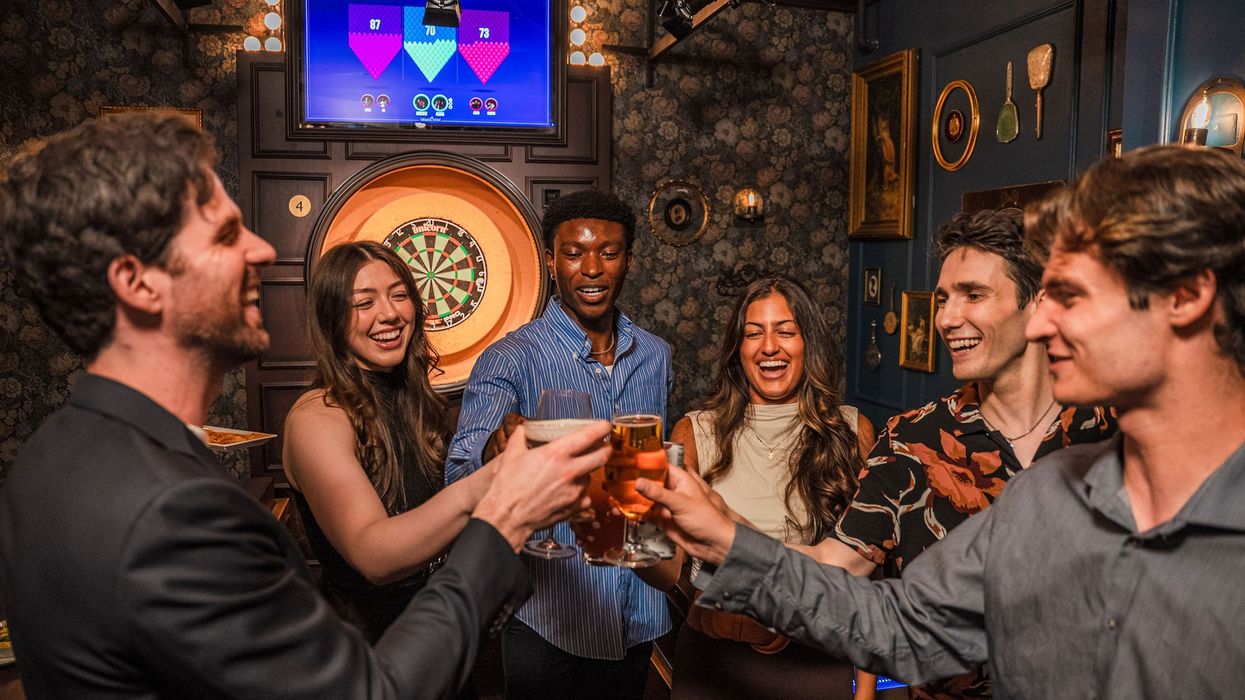
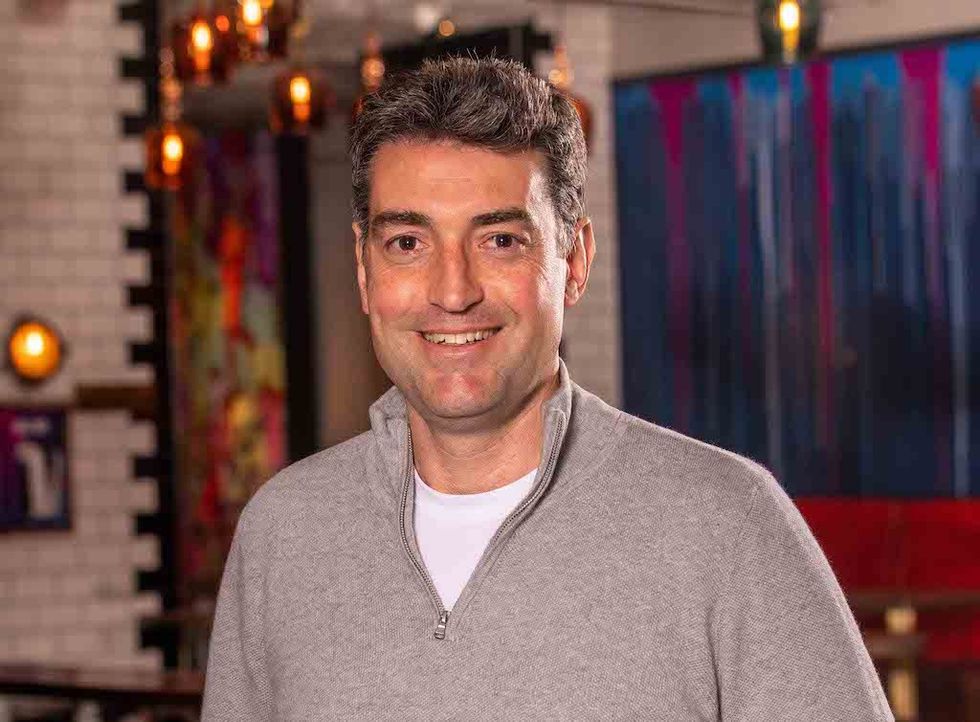 Toby Harris
Toby Harris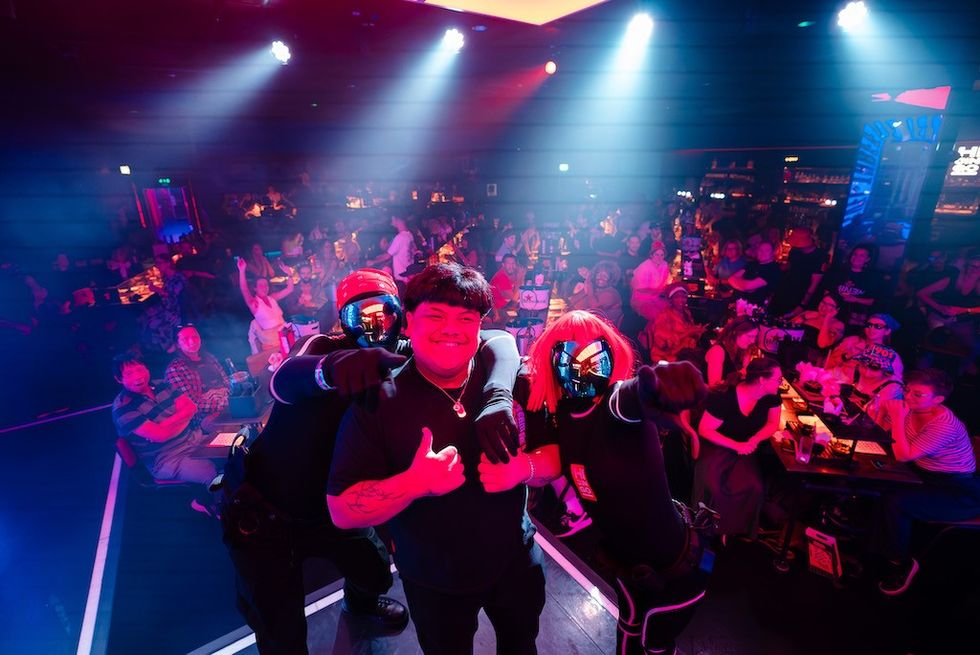 Hijingo
Hijingo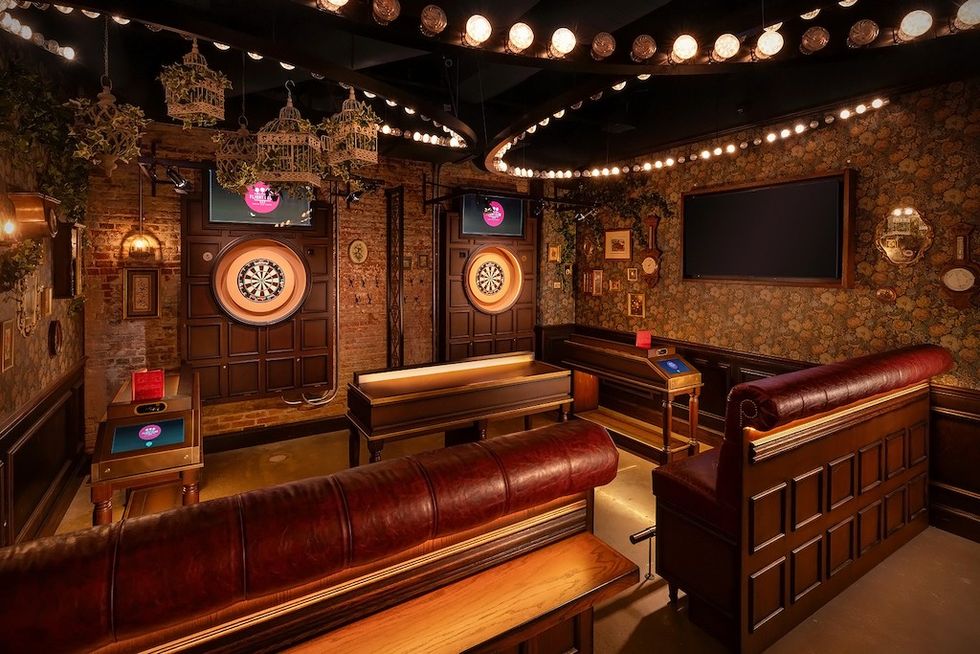 Flight Club, Washington D.C.
Flight Club, Washington D.C.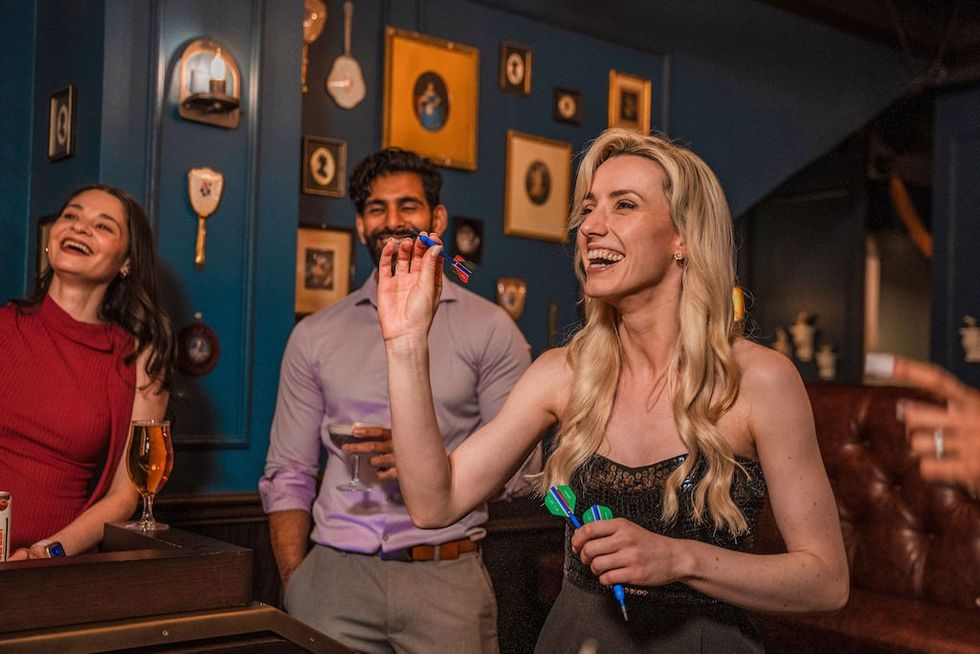
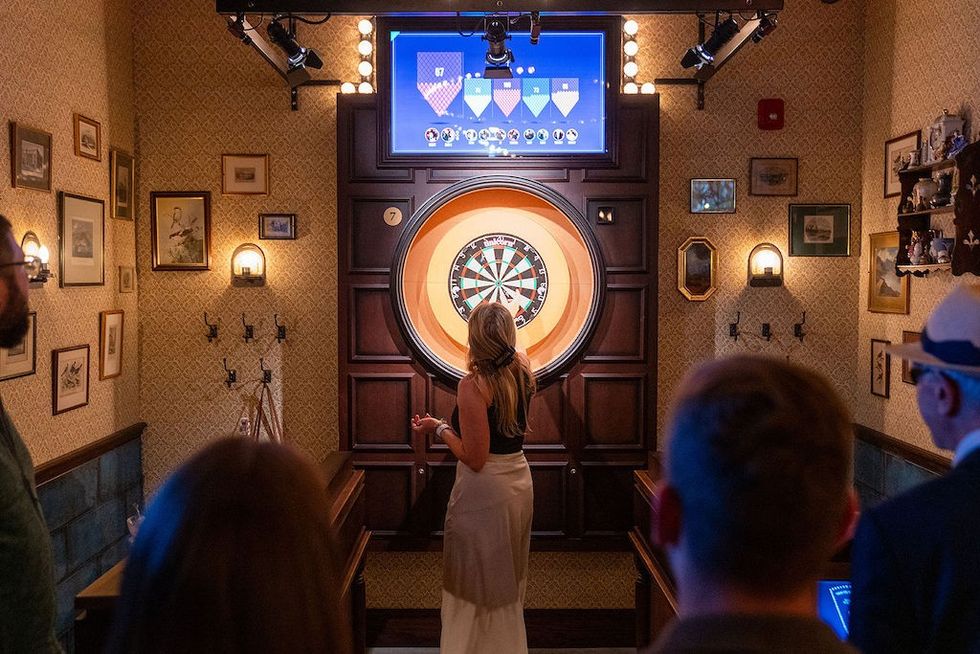 Flight Club Philadelphia
Flight Club Philadelphia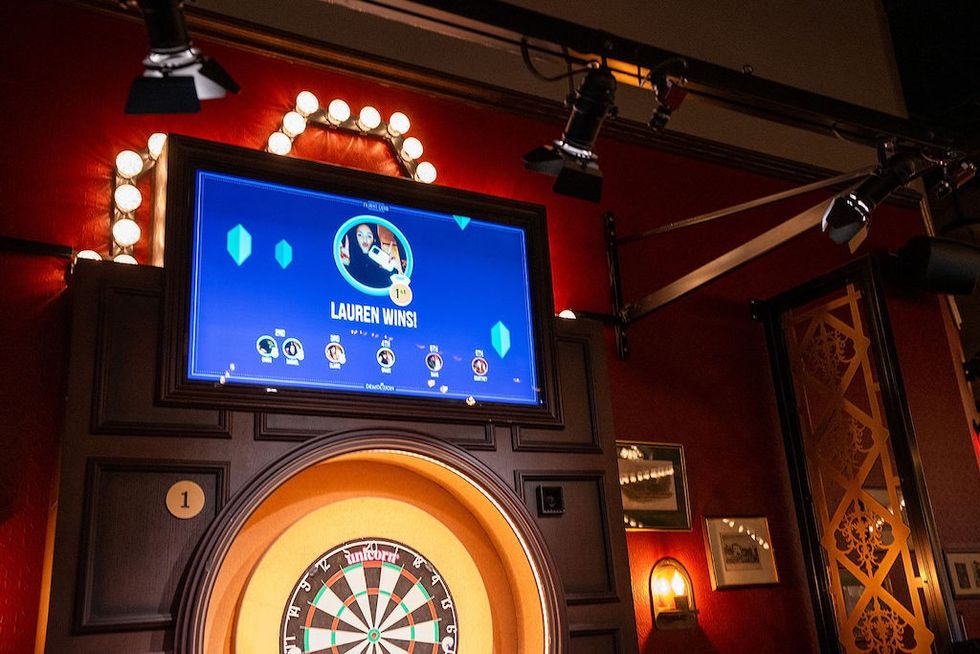 Flight Club Philadelphia
Flight Club Philadelphia Bounce
Bounce Hijingo
Hijingo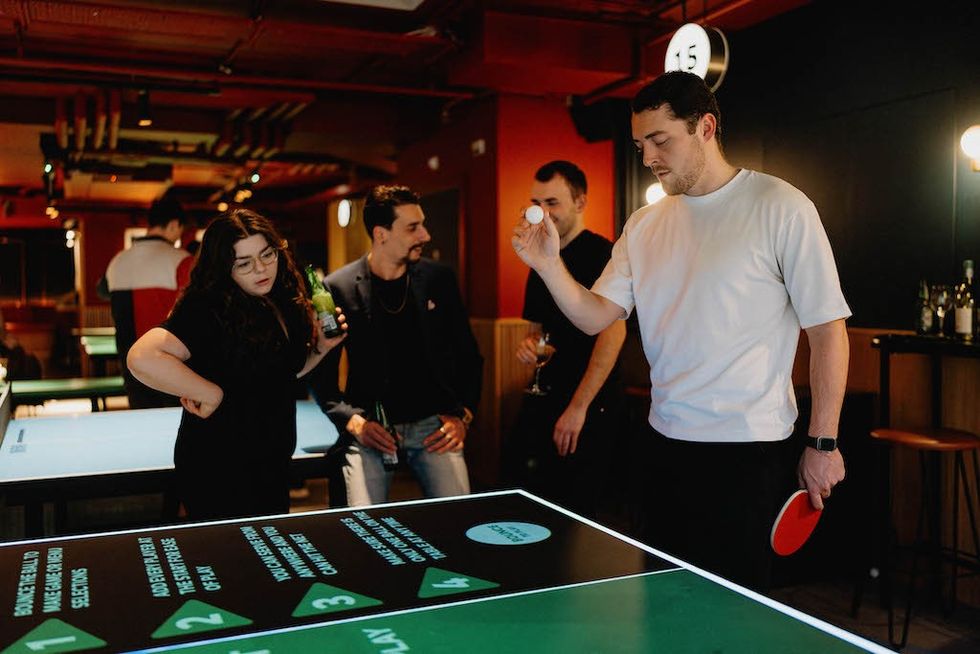 Bounce
Bounce
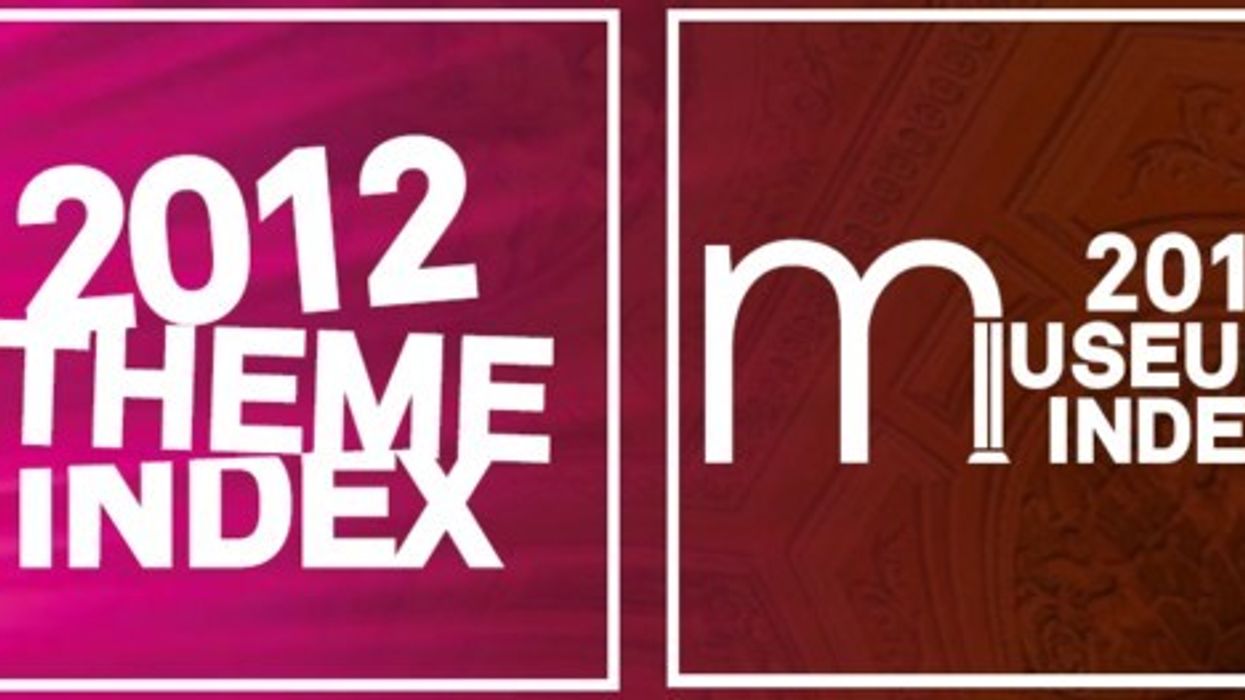
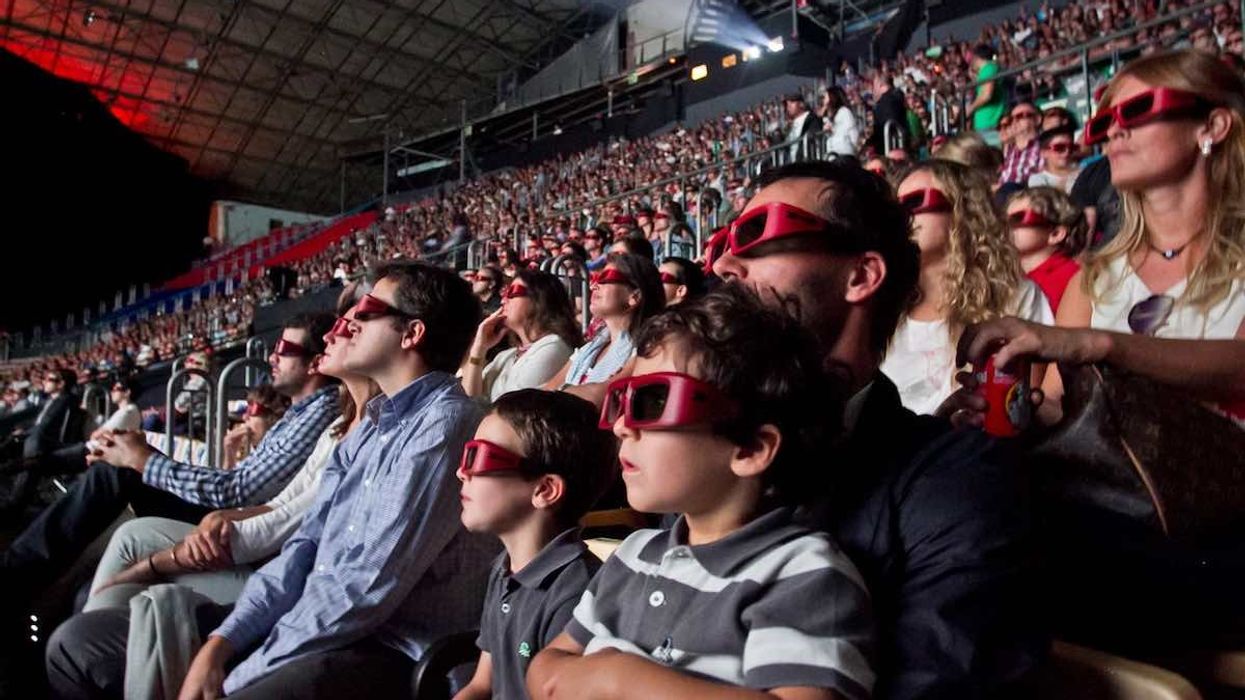

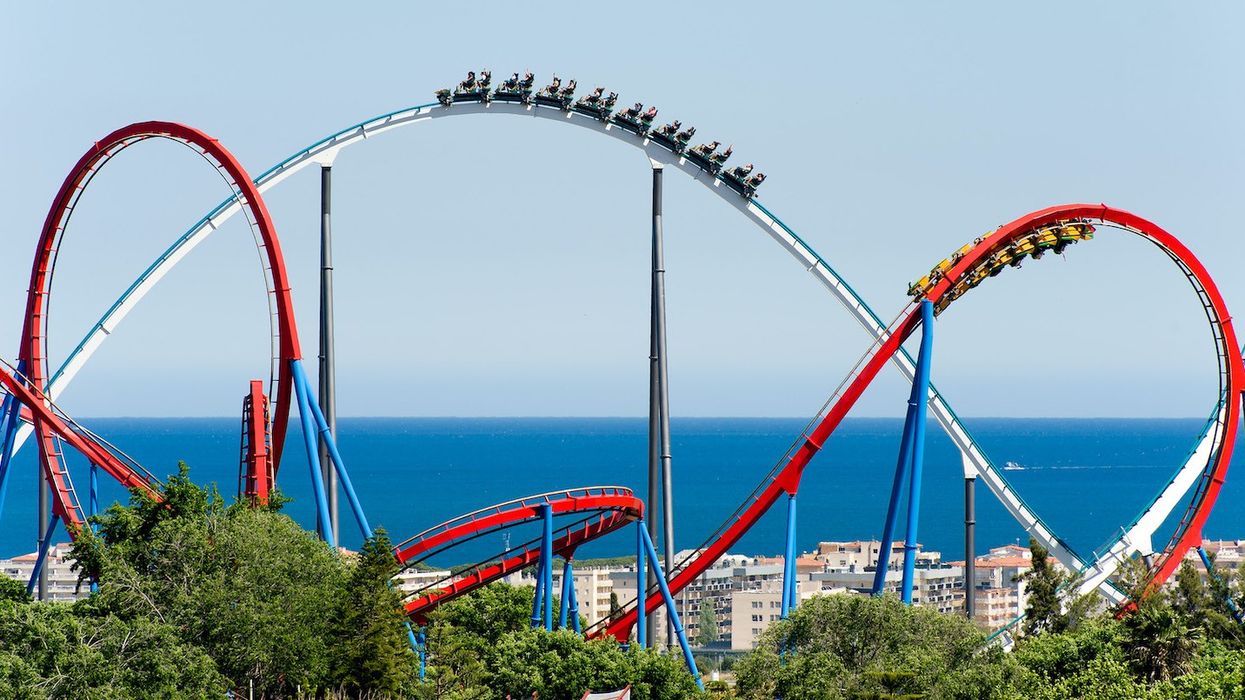
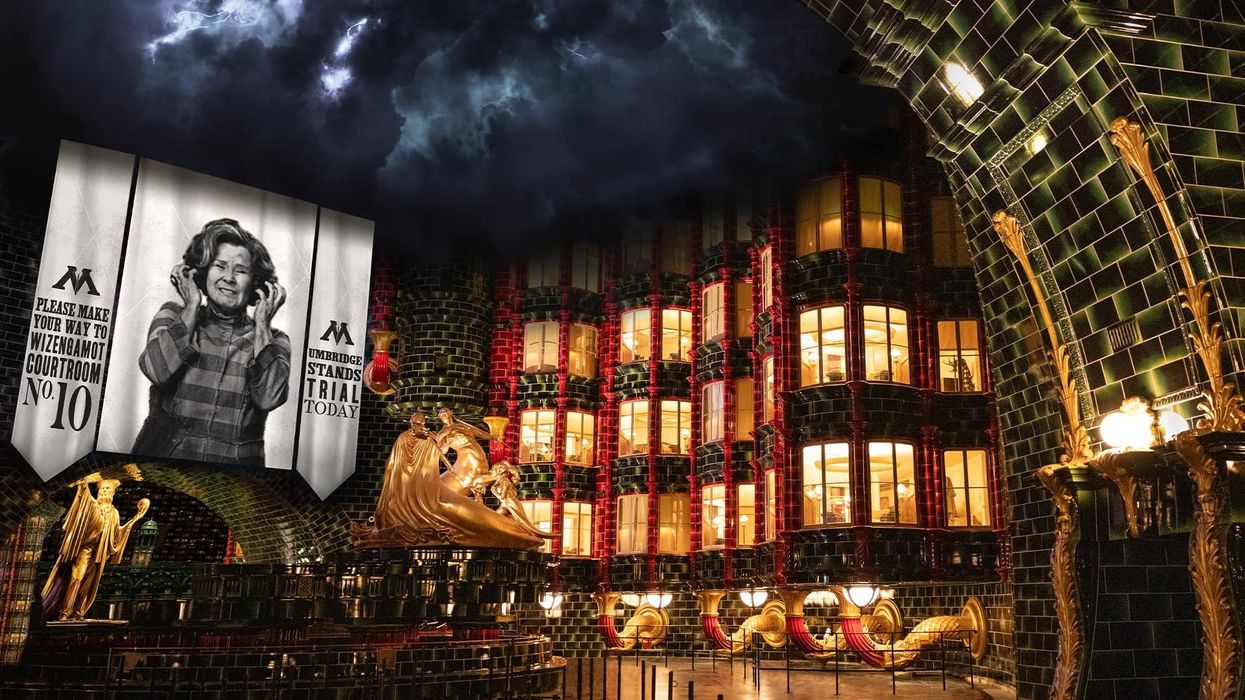

 Fernando Eiroa
Fernando Eiroa
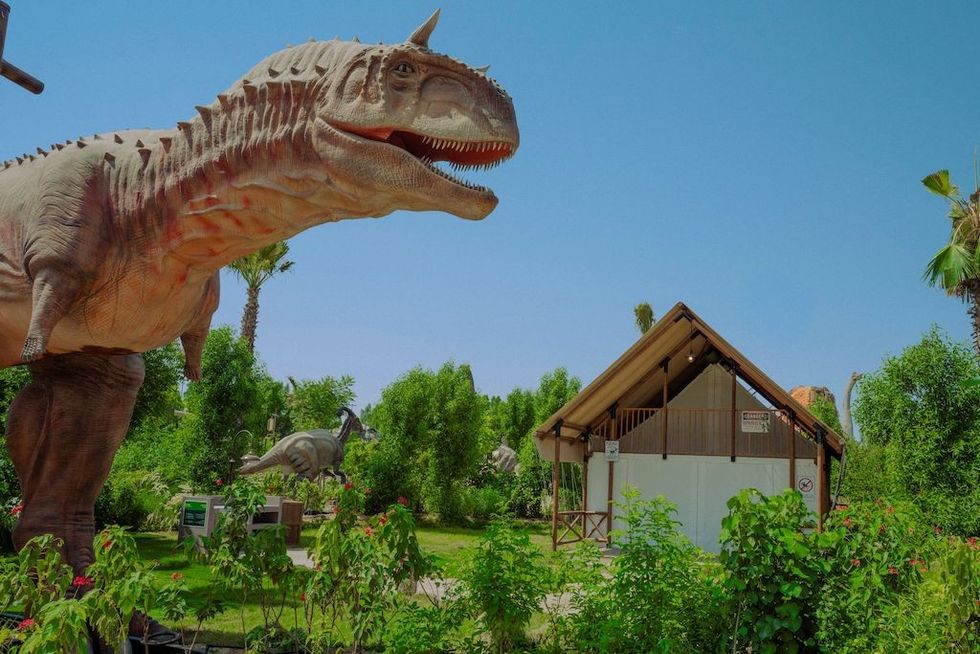

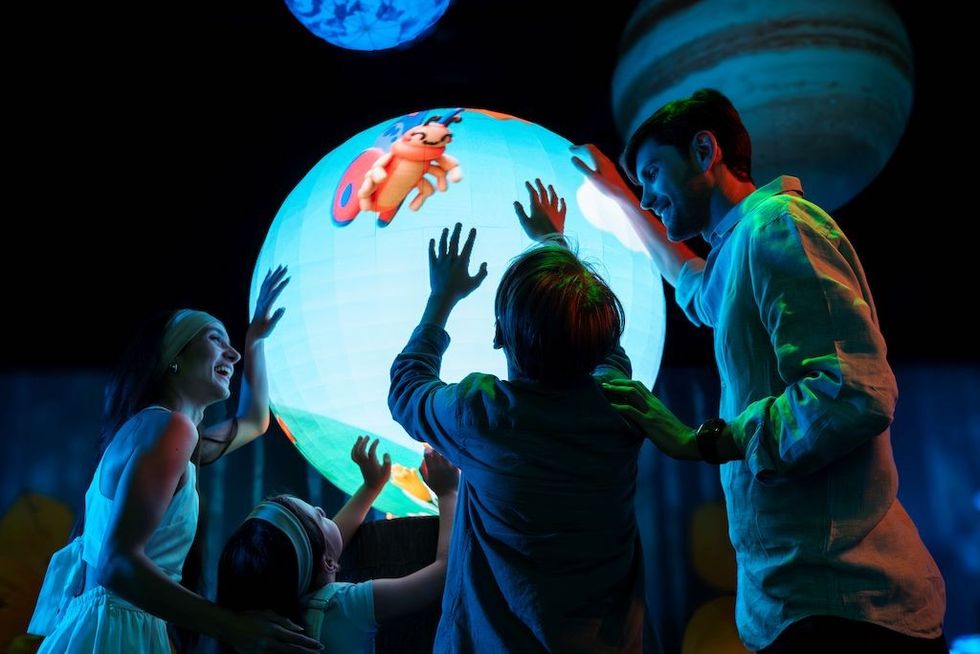



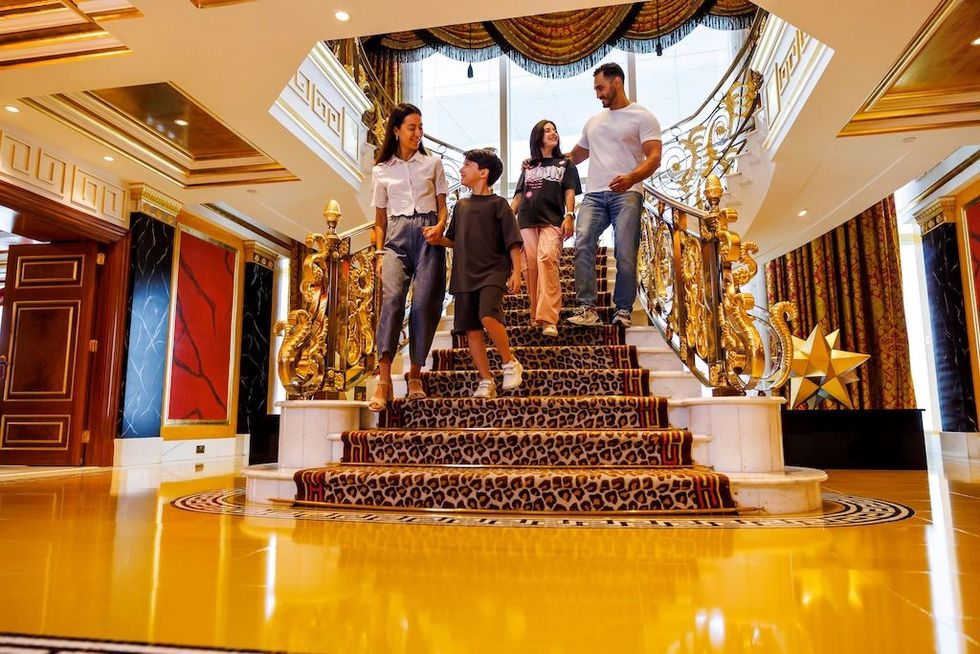

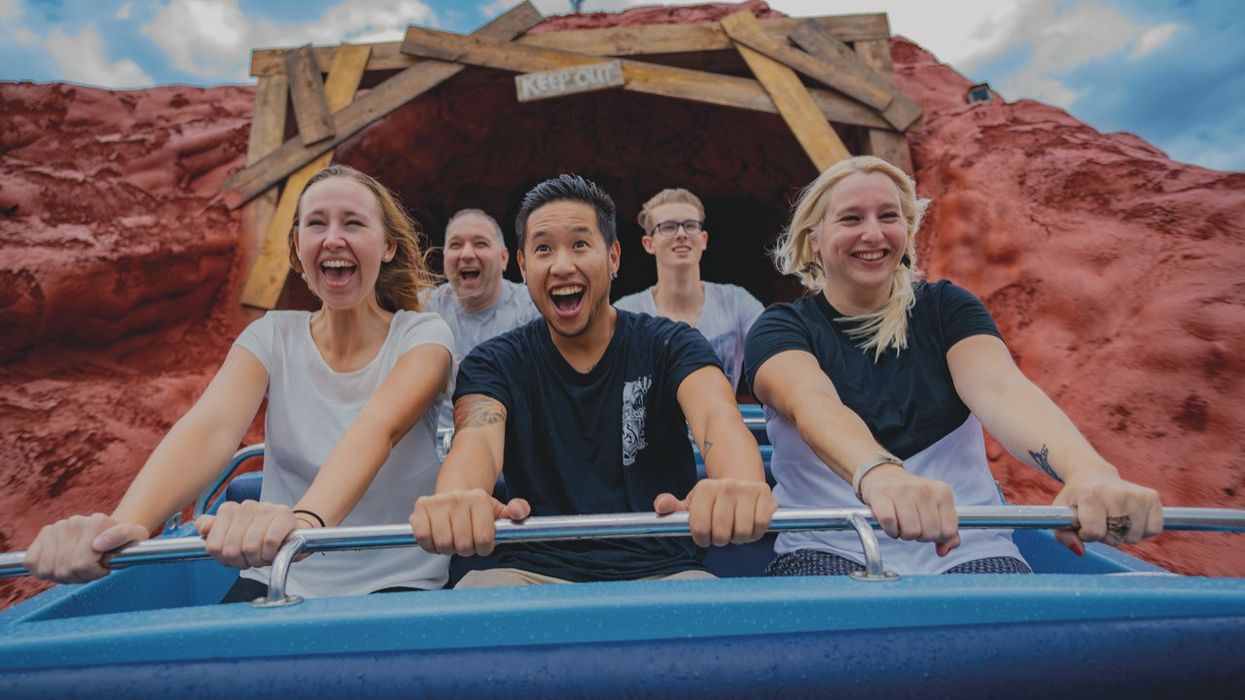

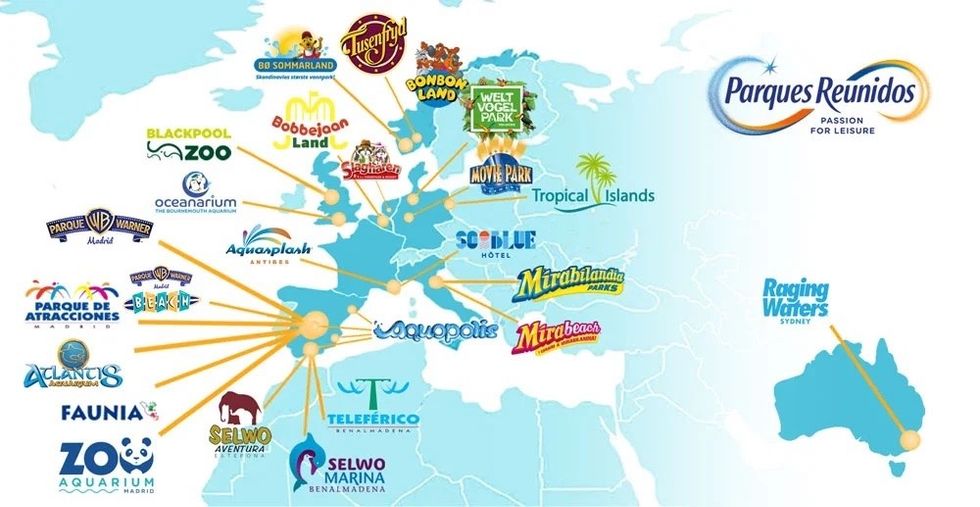
 Nickelodeon Land at Parque de Atracciones de Madrid
Nickelodeon Land at Parque de Atracciones de Madrid Raging Waters
Raging Waters 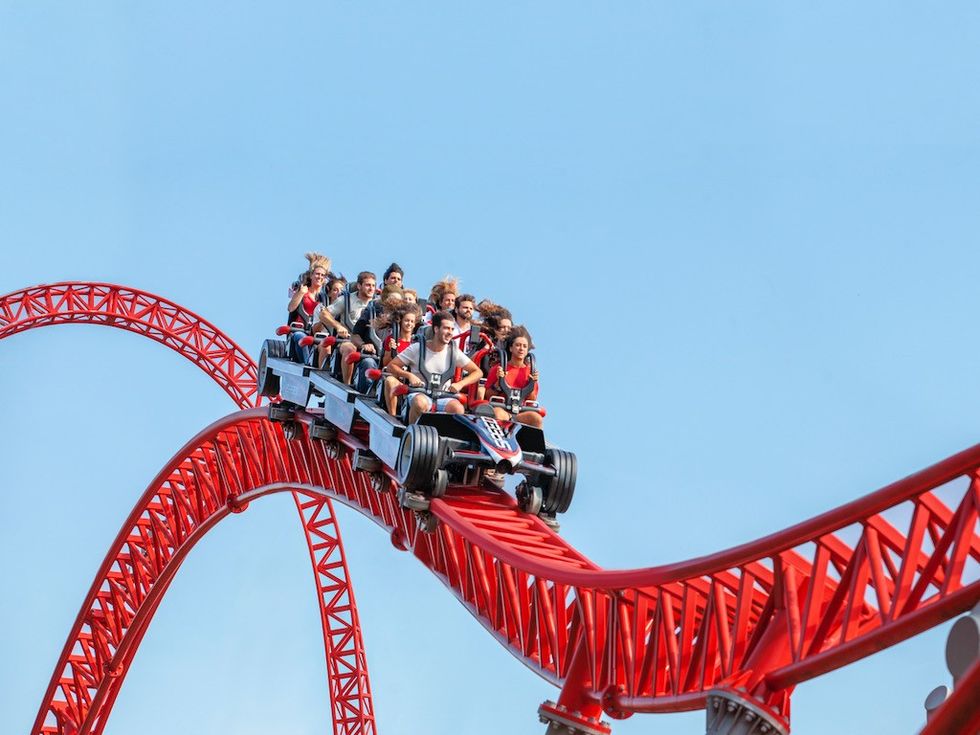 Mirabilandia's iSpeed coaster
Mirabilandia's iSpeed coaster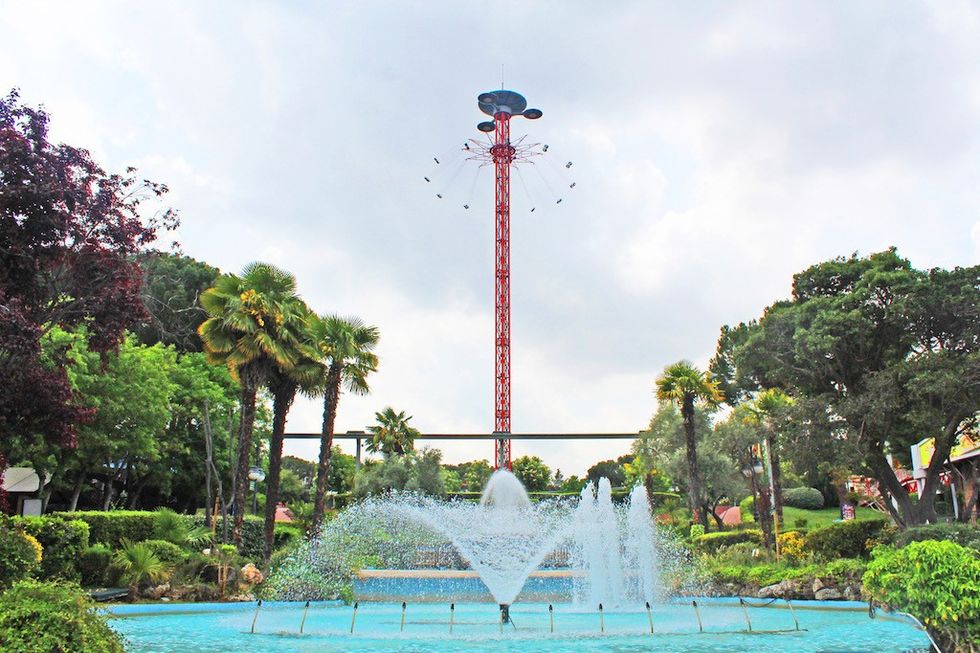 Parque de Atracciones de Madrid
Parque de Atracciones de Madrid Ferracci at the ribbon-cutting ceremony for Nickelodeon Land at Mirabilandia, with (left) Marie Marks, senior VP of global experiences for Paramount and (cutting the ribbon) Sabrina Mangina, GM at Mirabilandia
Ferracci at the ribbon-cutting ceremony for Nickelodeon Land at Mirabilandia, with (left) Marie Marks, senior VP of global experiences for Paramount and (cutting the ribbon) Sabrina Mangina, GM at Mirabilandia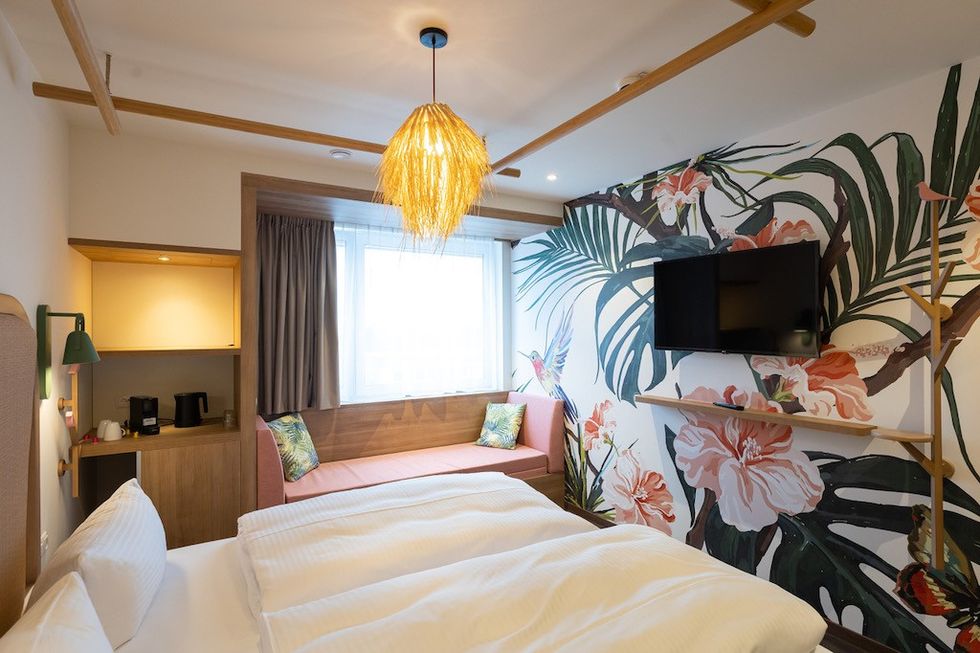 Tropical Islands OHANA hotel
Tropical Islands OHANA hotel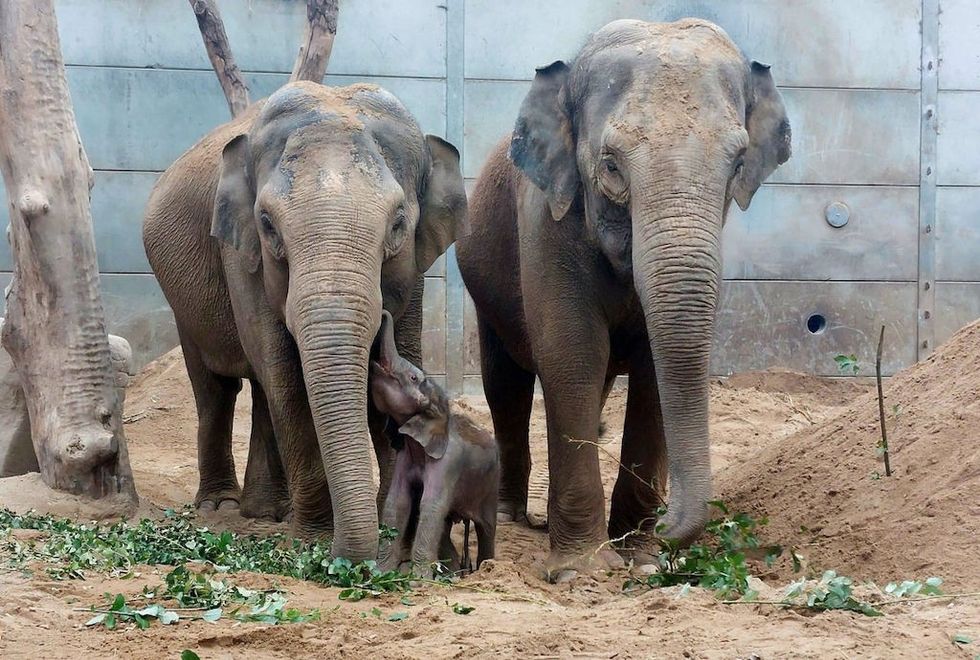 Elephants at Blackpool Zoo
Elephants at Blackpool Zoo  Tusenfryd
Tusenfryd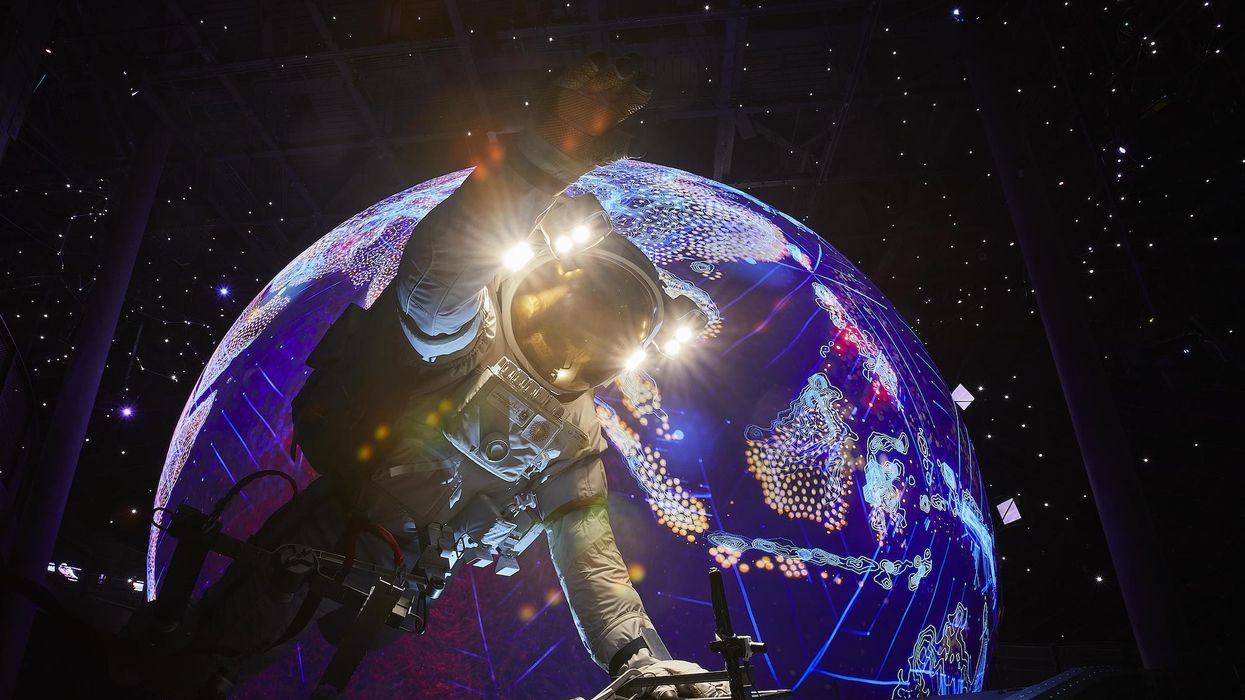
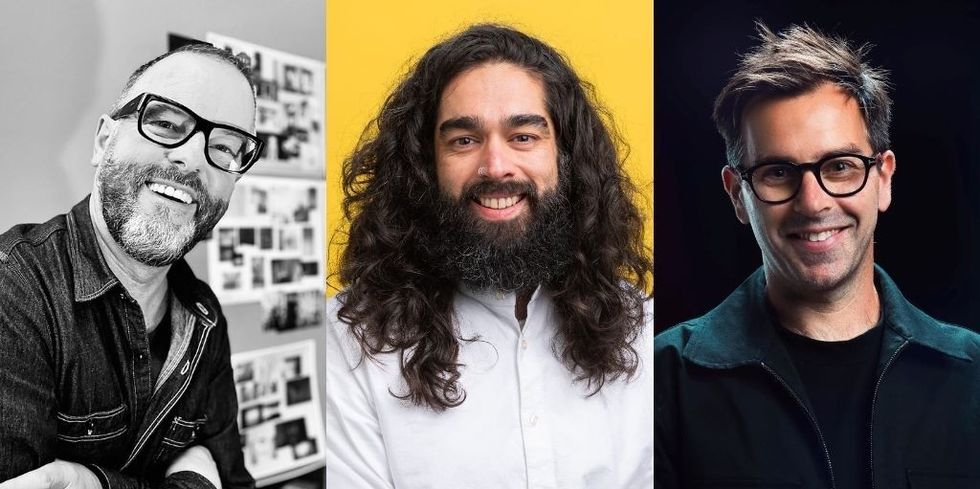 Andrew Thomas, Jason Aldous and Rik Athorne
Andrew Thomas, Jason Aldous and Rik Athorne
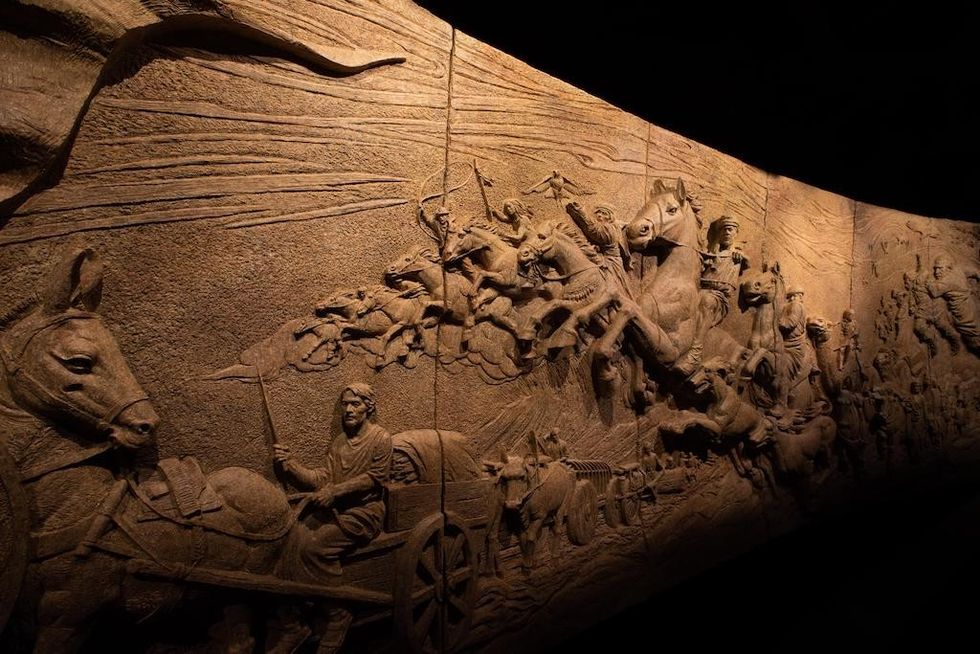
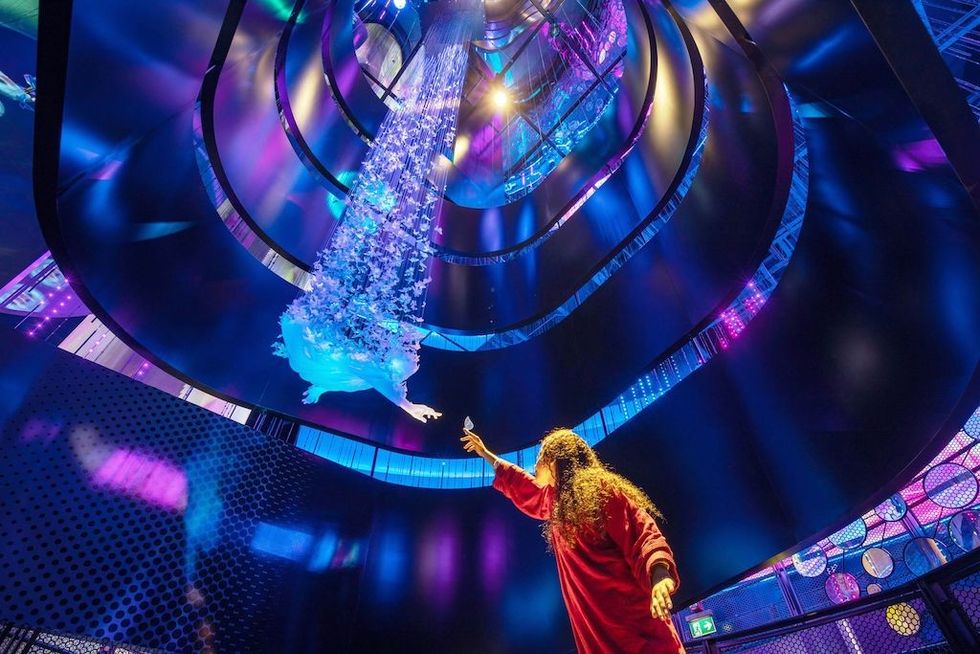

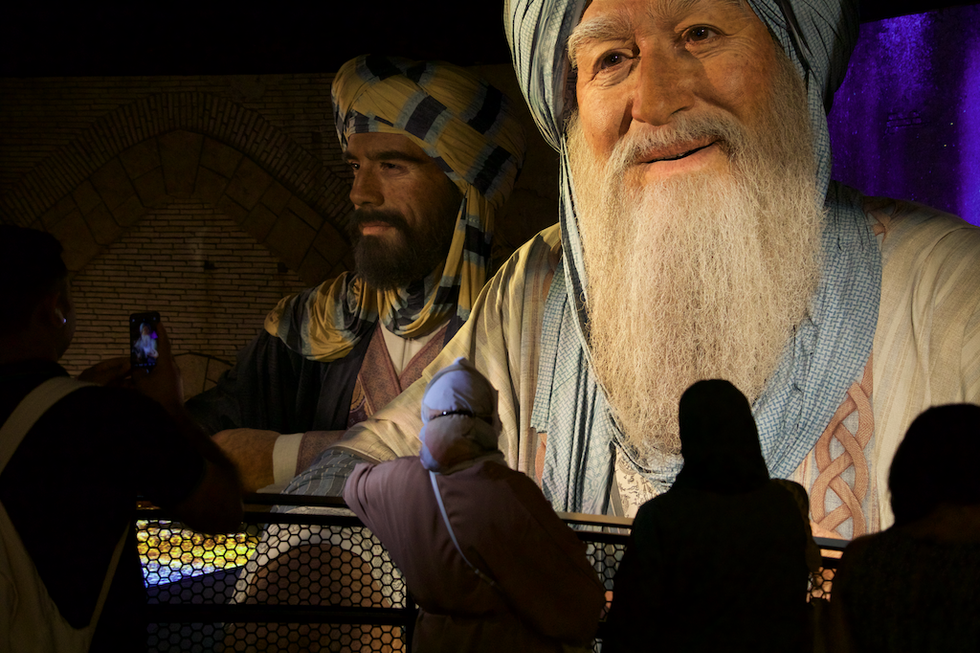


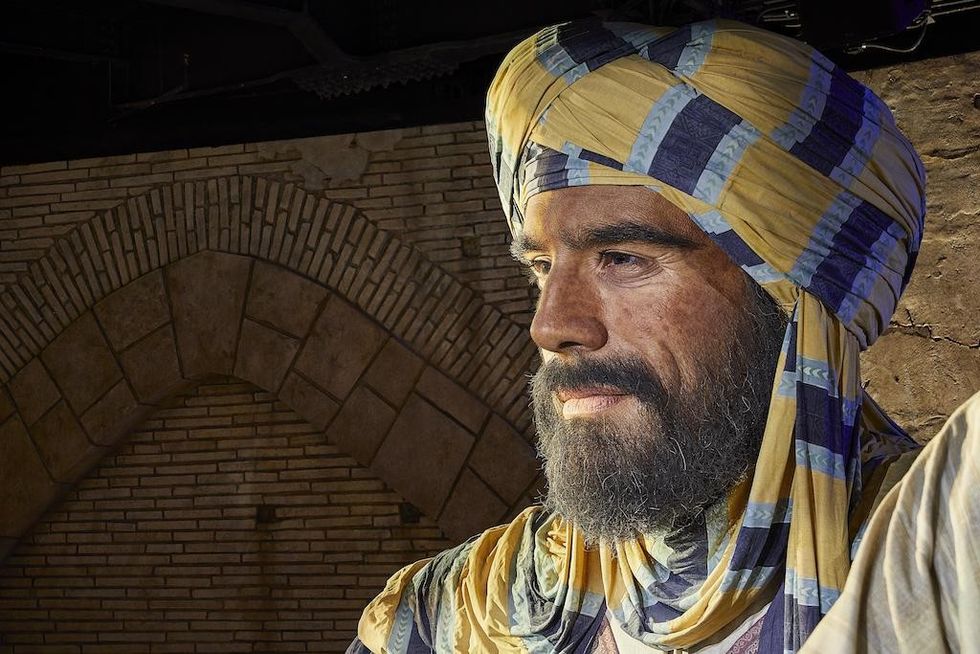

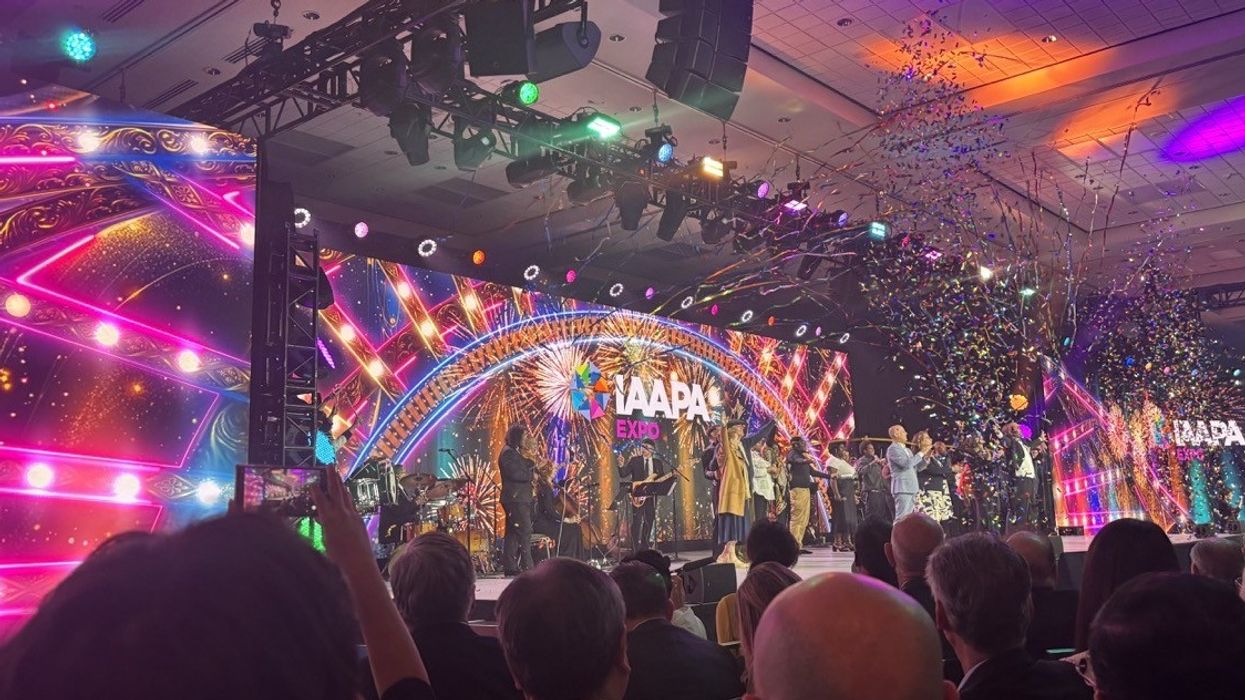
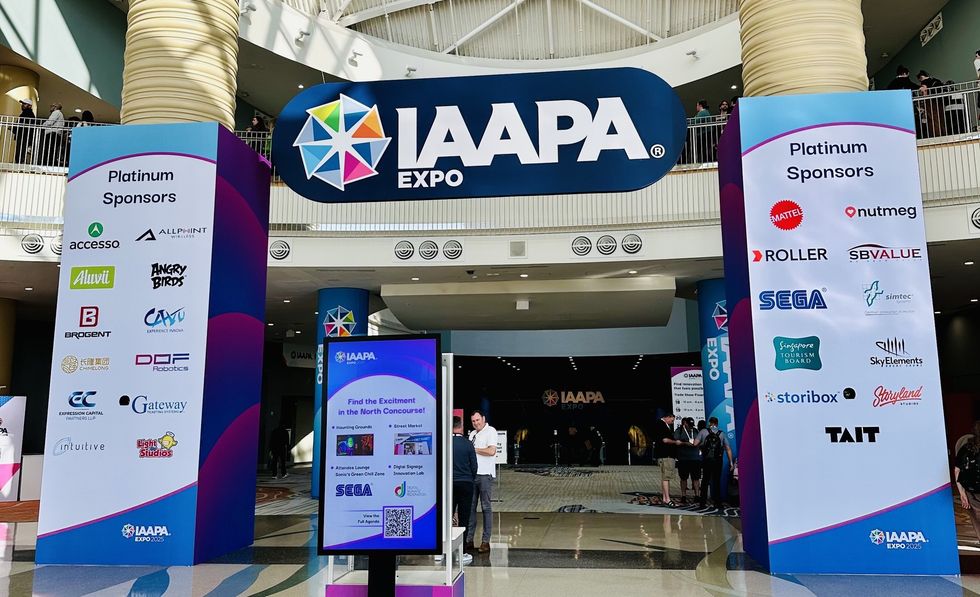
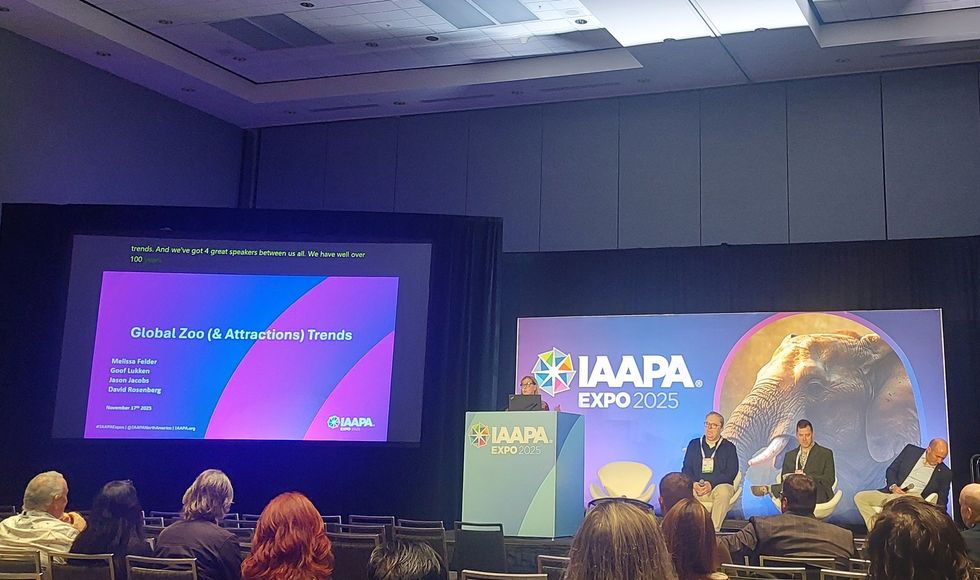
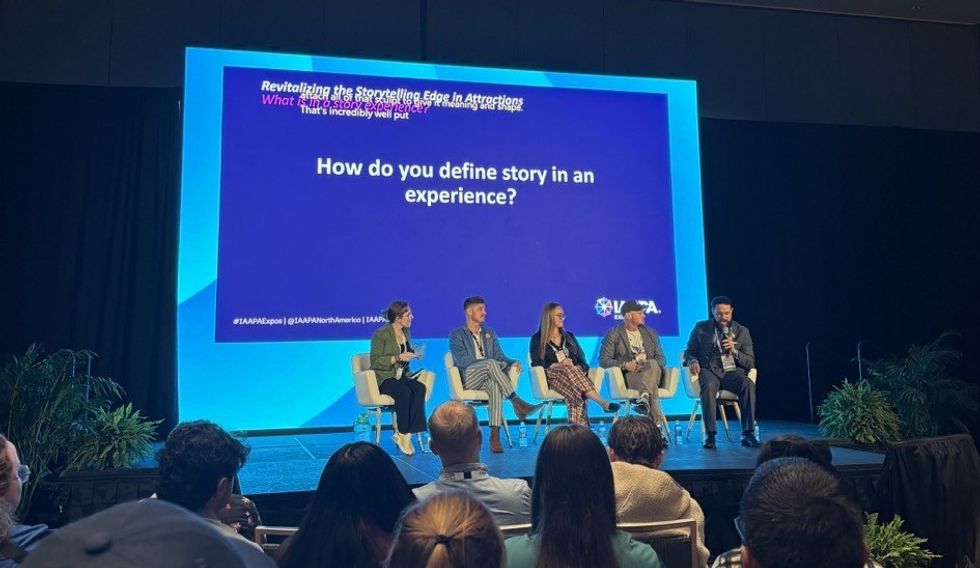
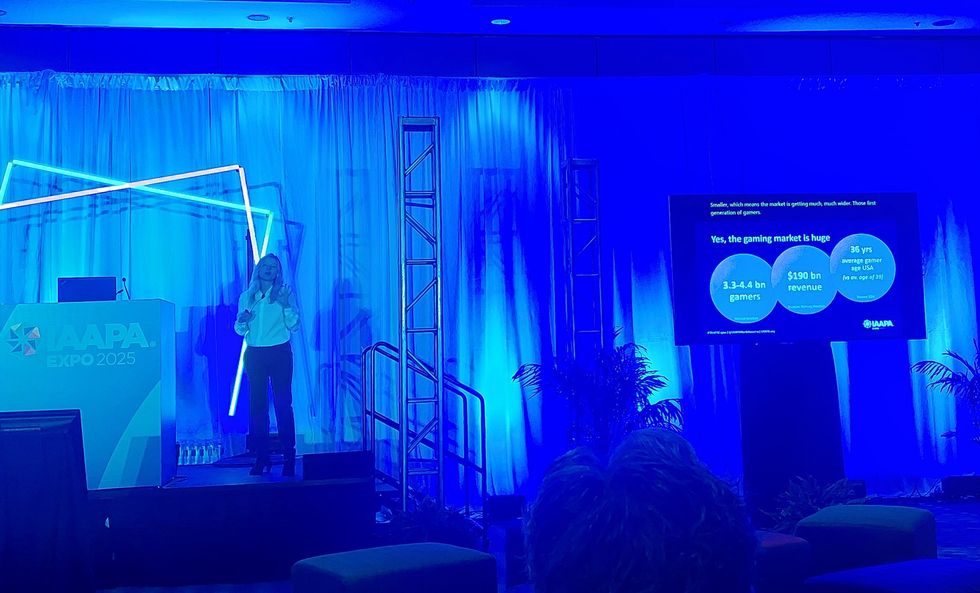
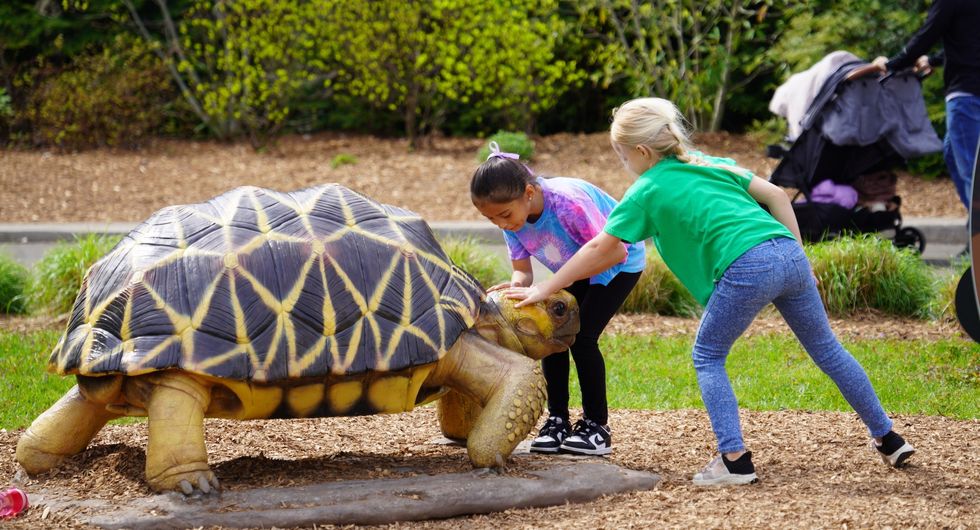 Detroit Zoo
Detroit Zoo  SUMMIT One Vanderbilt
SUMMIT One Vanderbilt  AURA at Grace Cathedral
AURA at Grace Cathedral 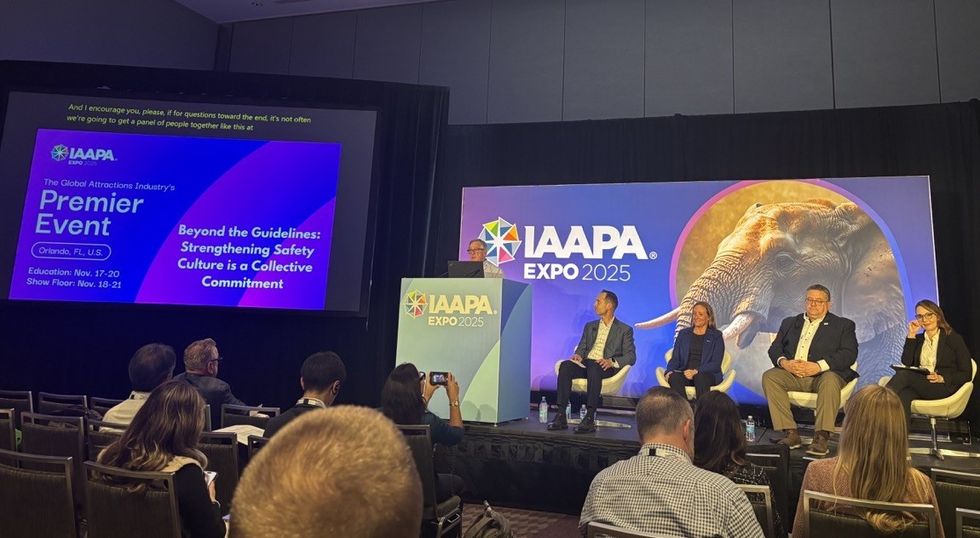
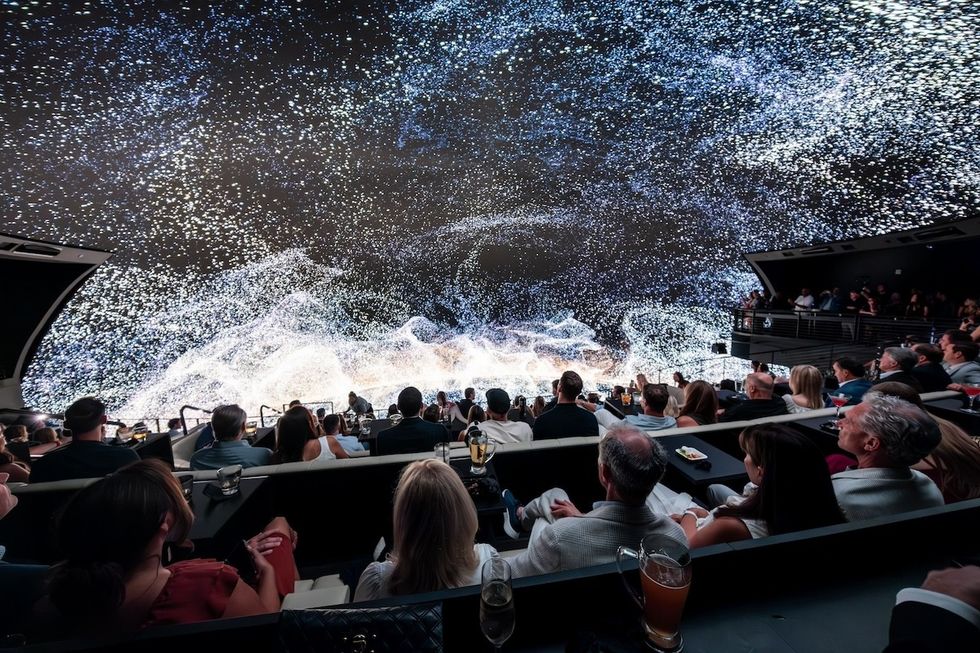 Cosm, LA
Cosm, LA 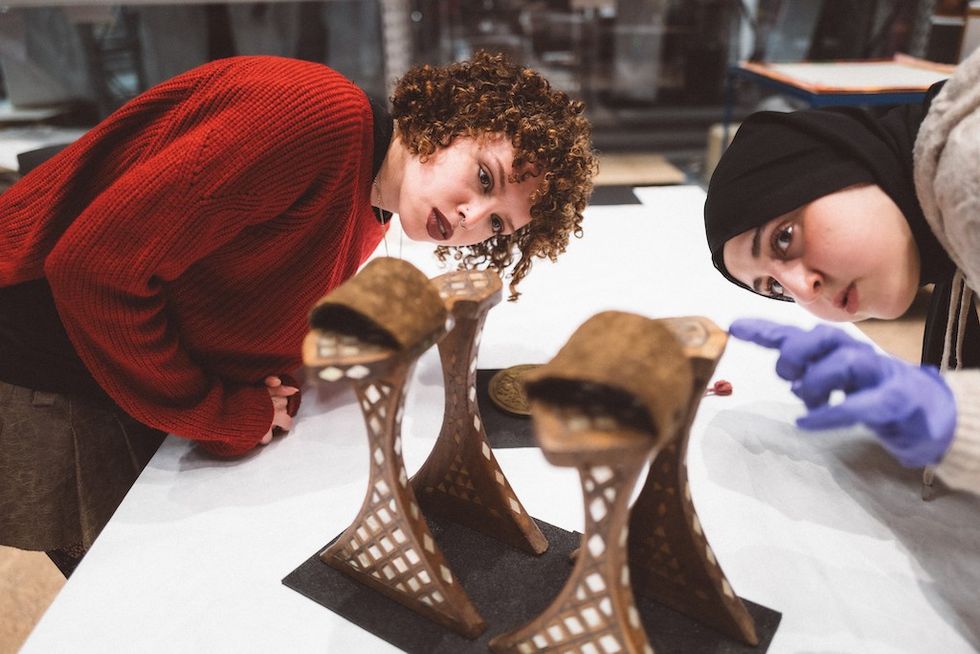 Order an Object appointment at V&A East Storehouse. Image by Bet Bettencourt for V&A, Object pictured - A pair of qabqab, made 1800-1880, Egypt
Order an Object appointment at V&A East Storehouse. Image by Bet Bettencourt for V&A, Object pictured - A pair of qabqab, made 1800-1880, Egypt 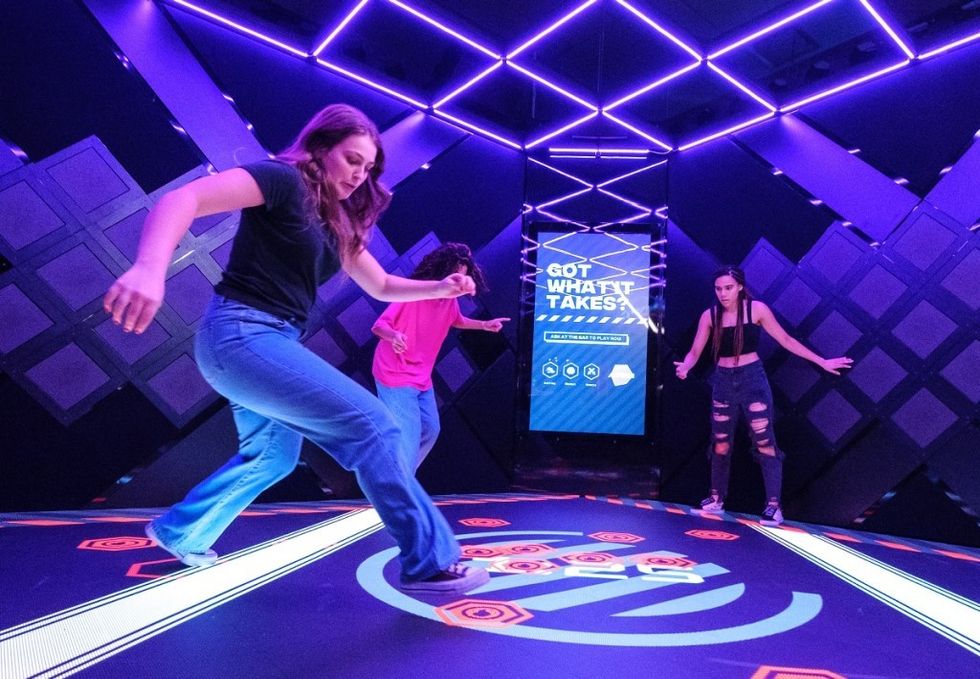 CONDUCTR - The Arena from Game Volt
CONDUCTR - The Arena from Game Volt 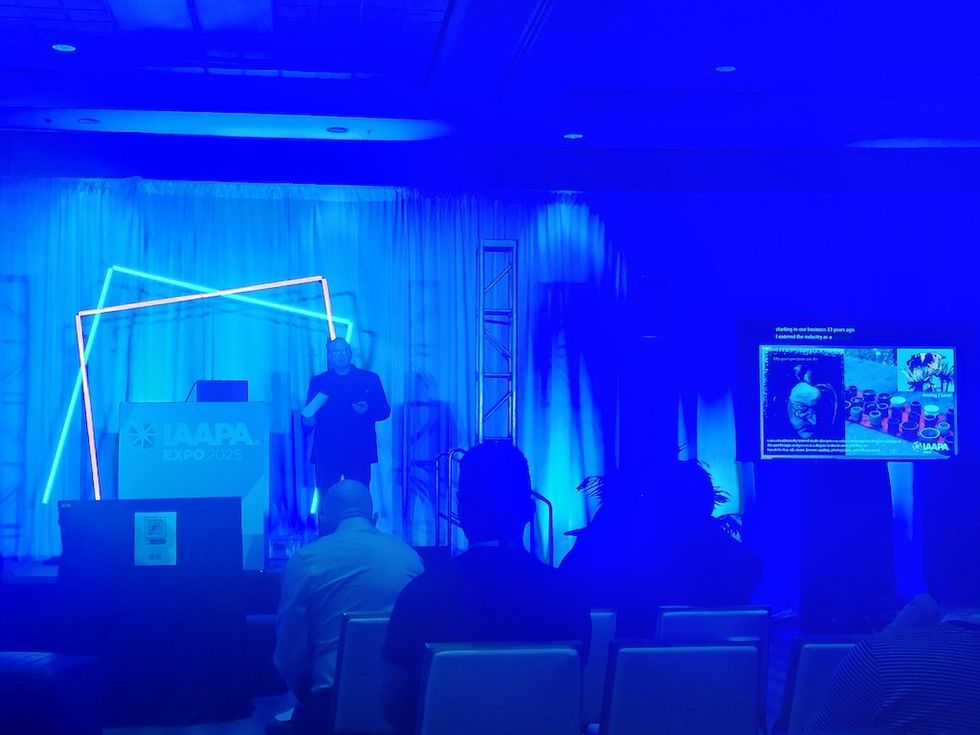
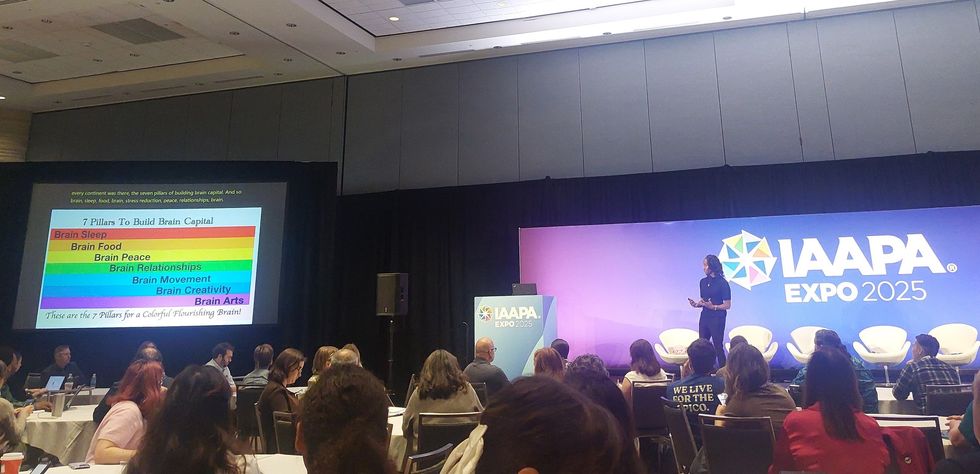
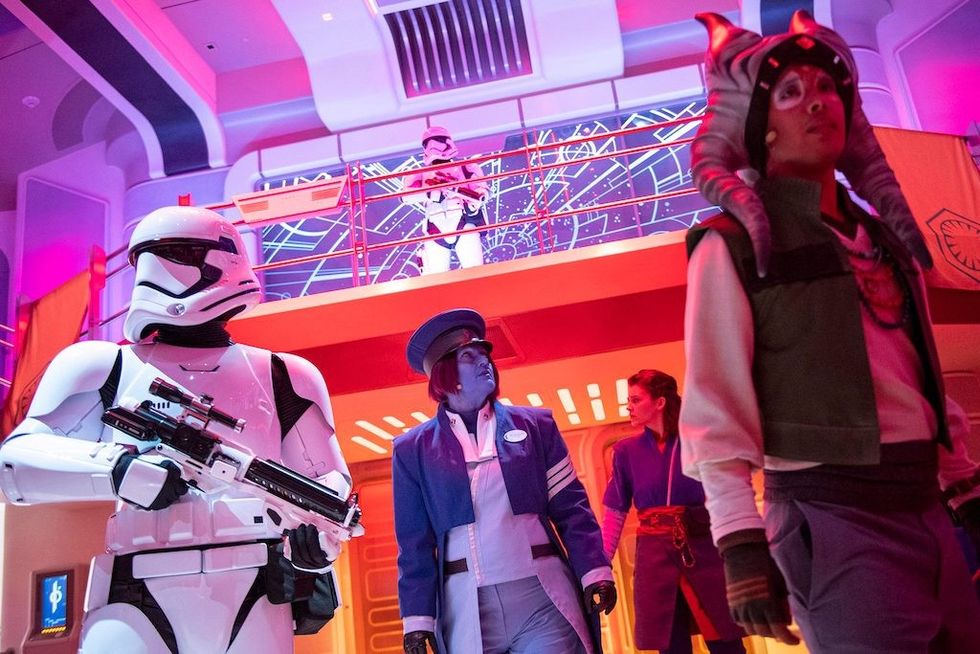 Star Wars: Galactic Starcruiser
Star Wars: Galactic Starcruiser 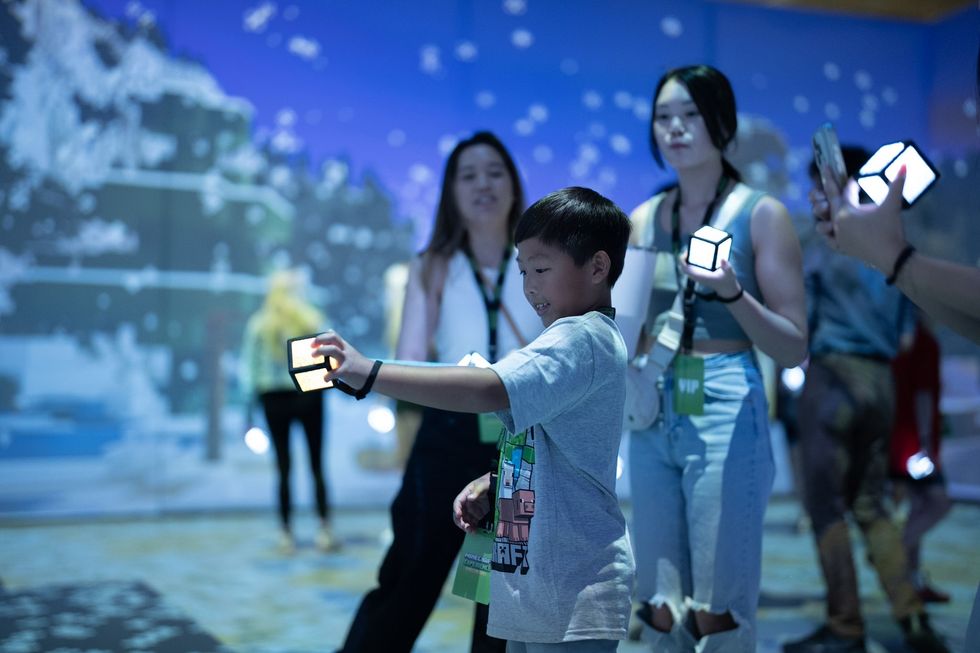 Minecraft interactive experience
Minecraft interactive experience 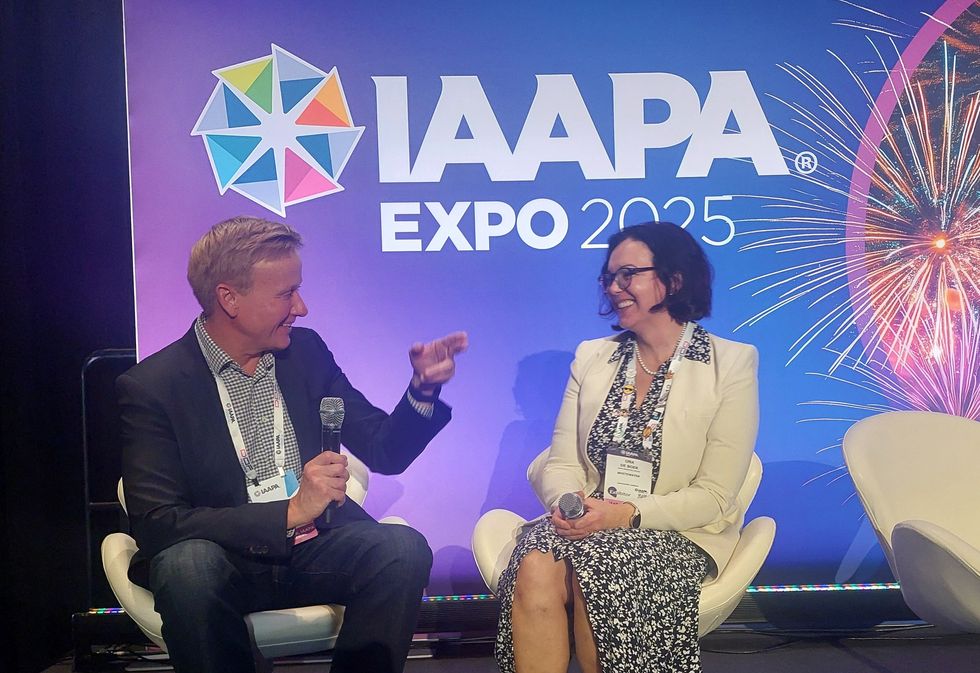
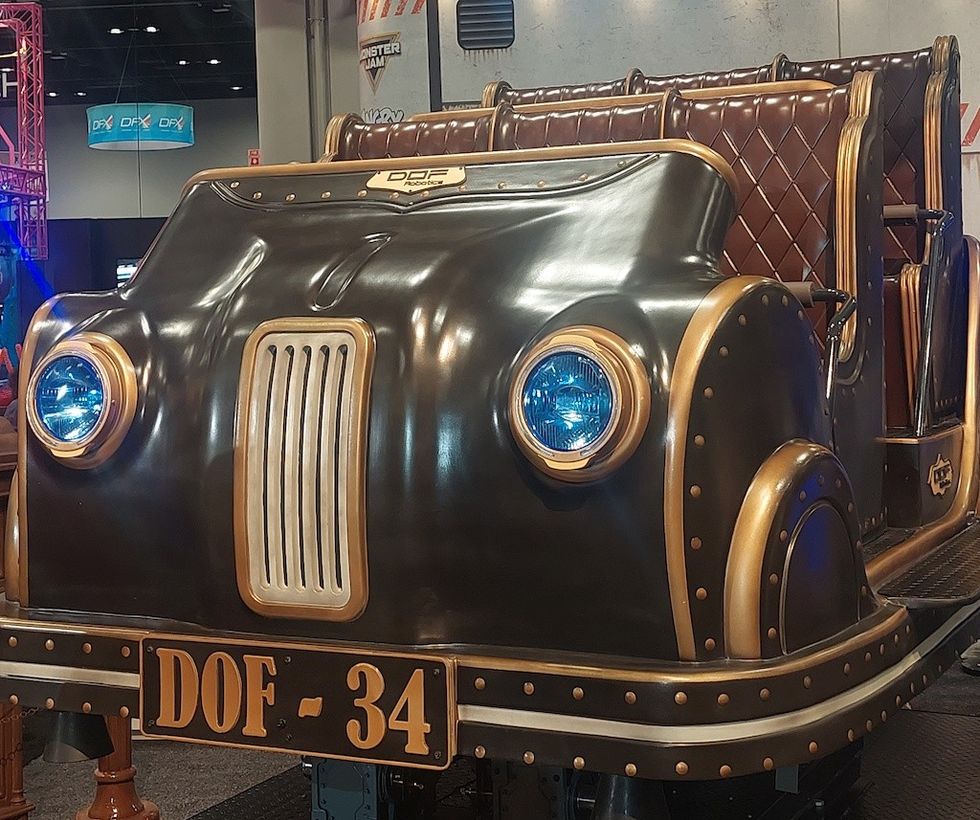
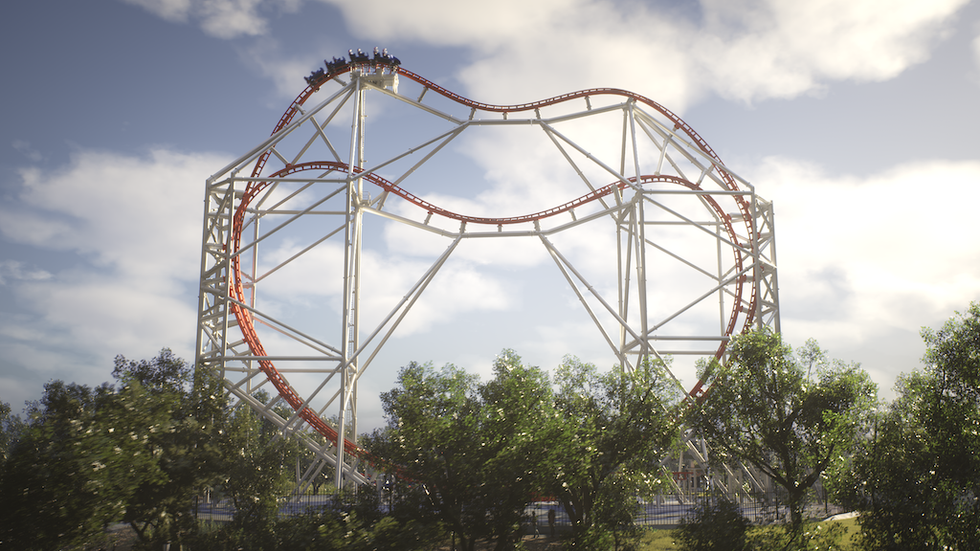
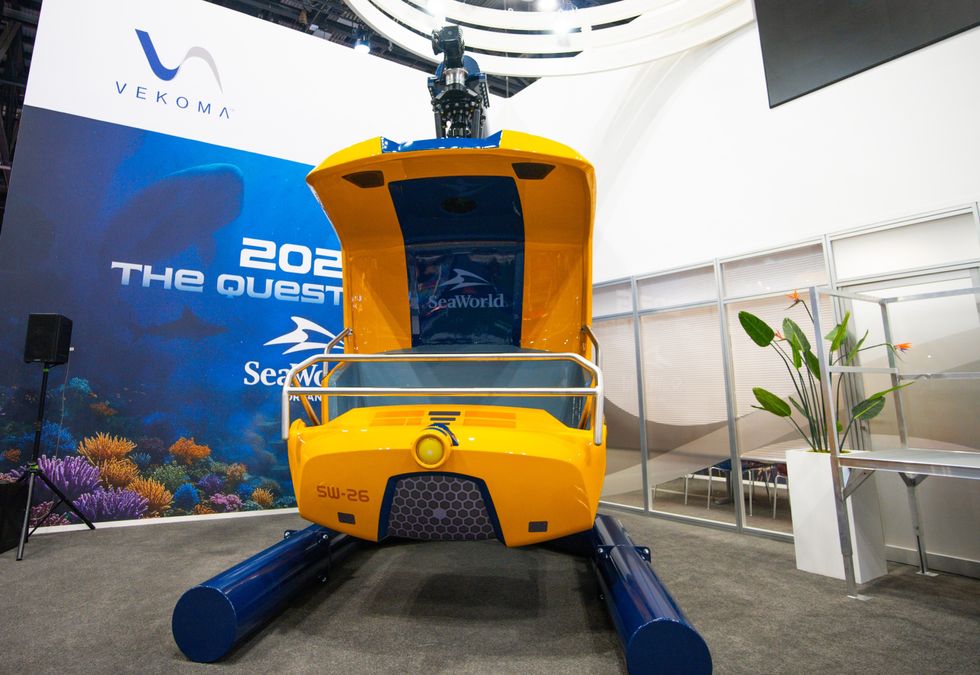
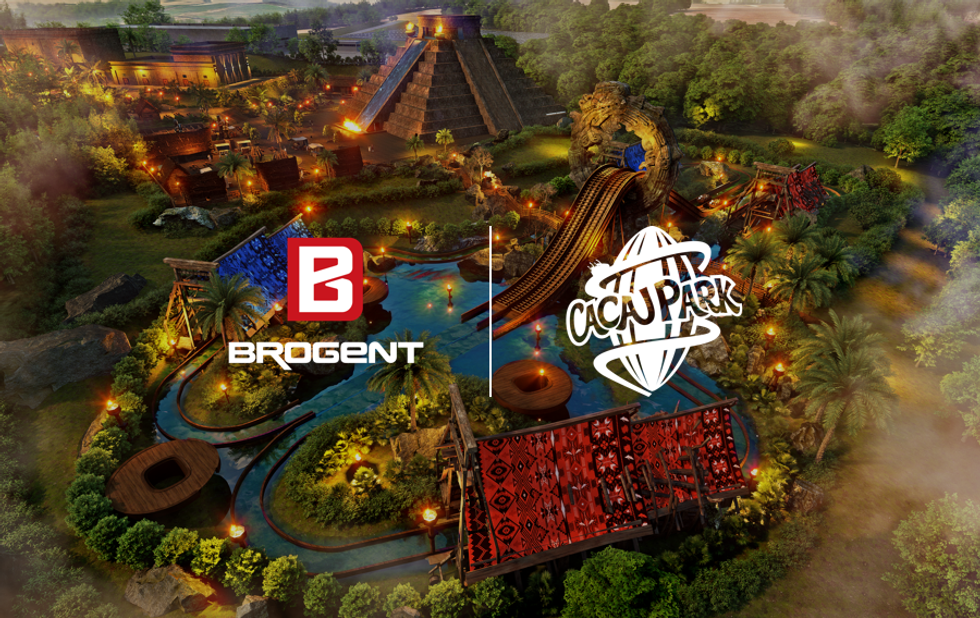
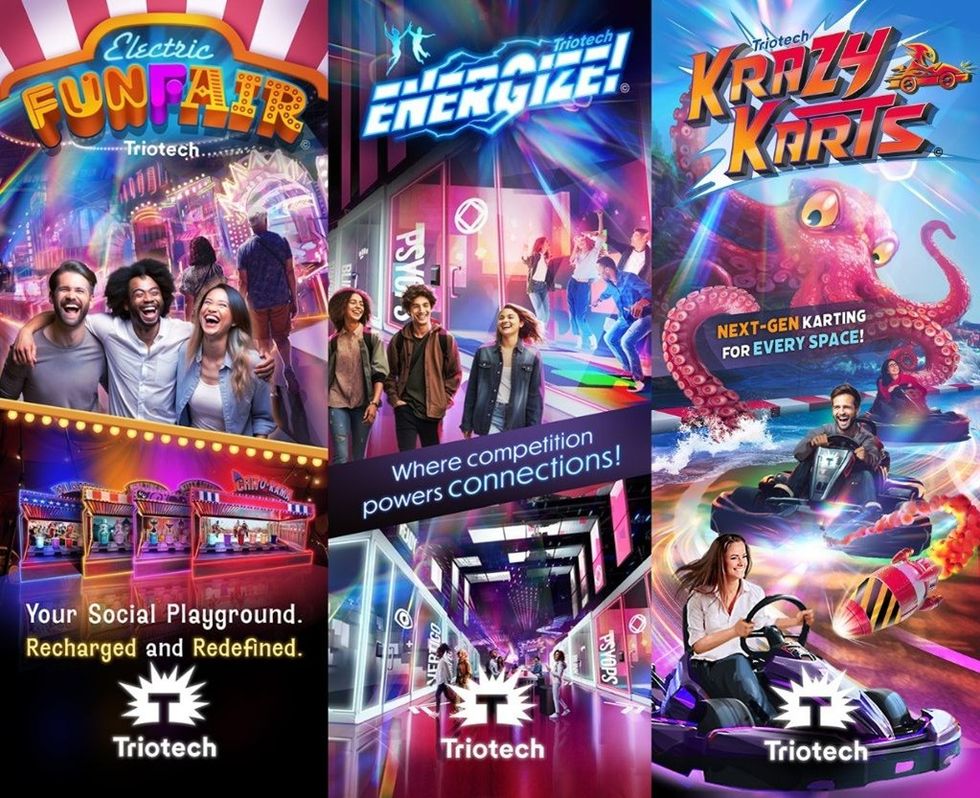
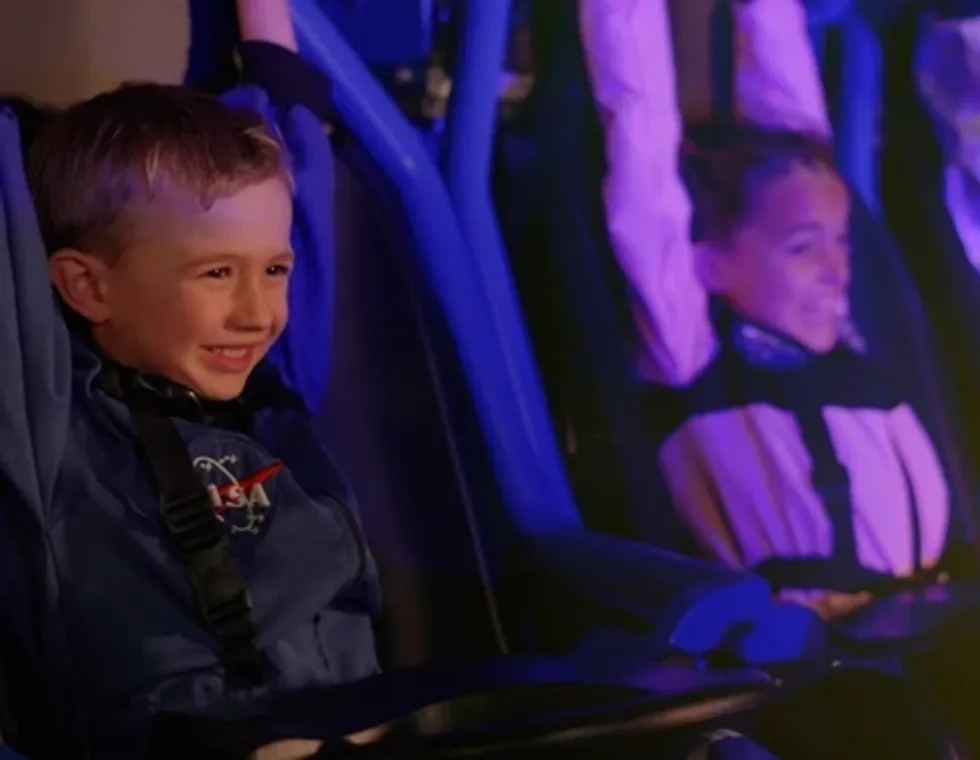
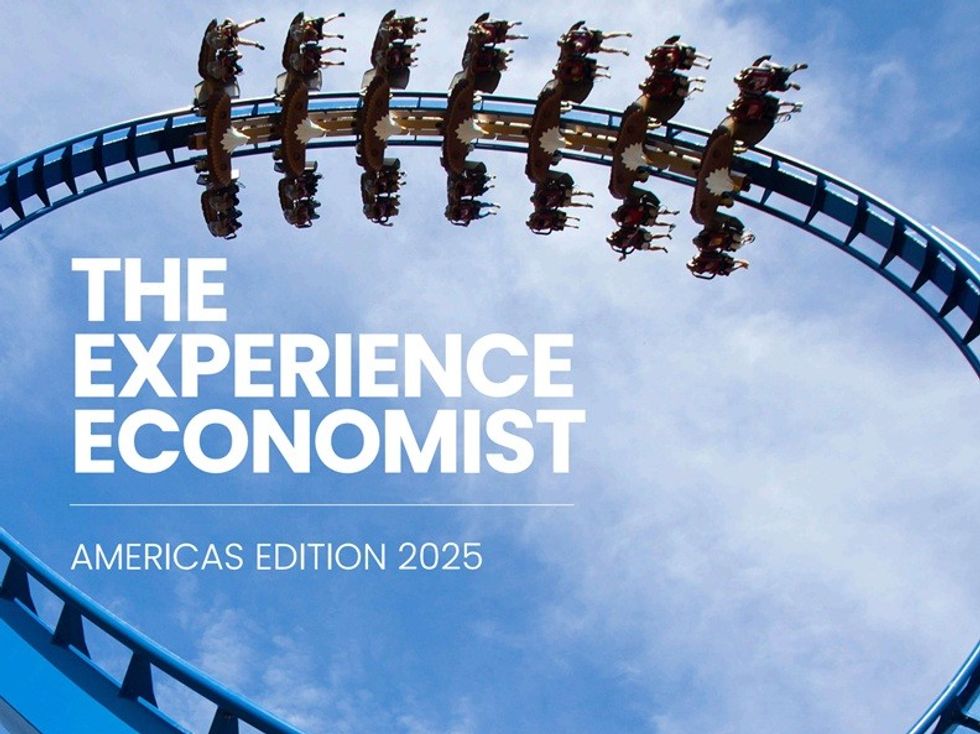
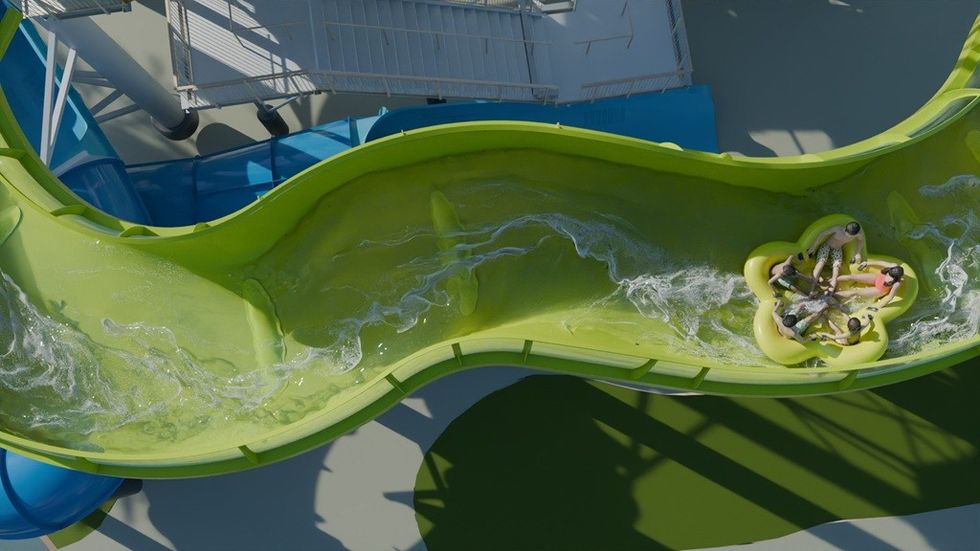
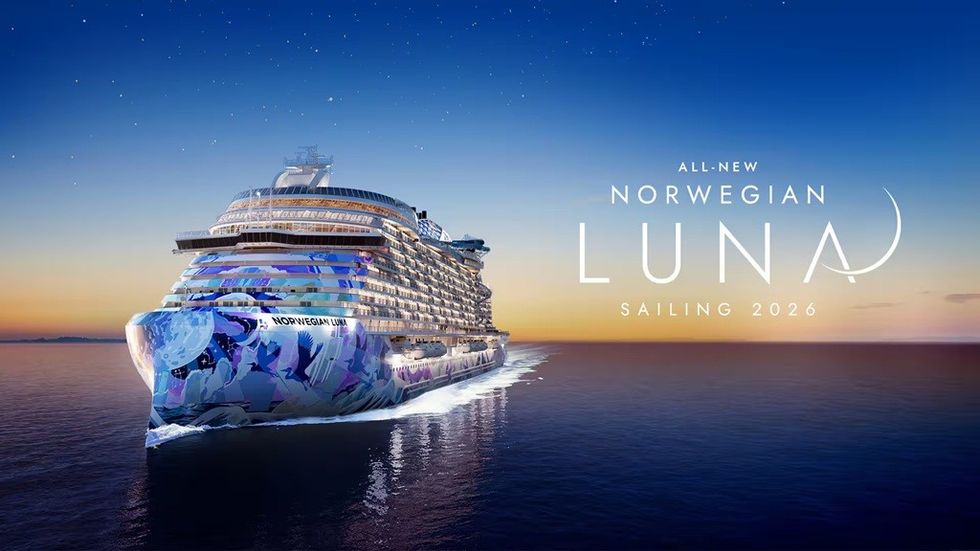


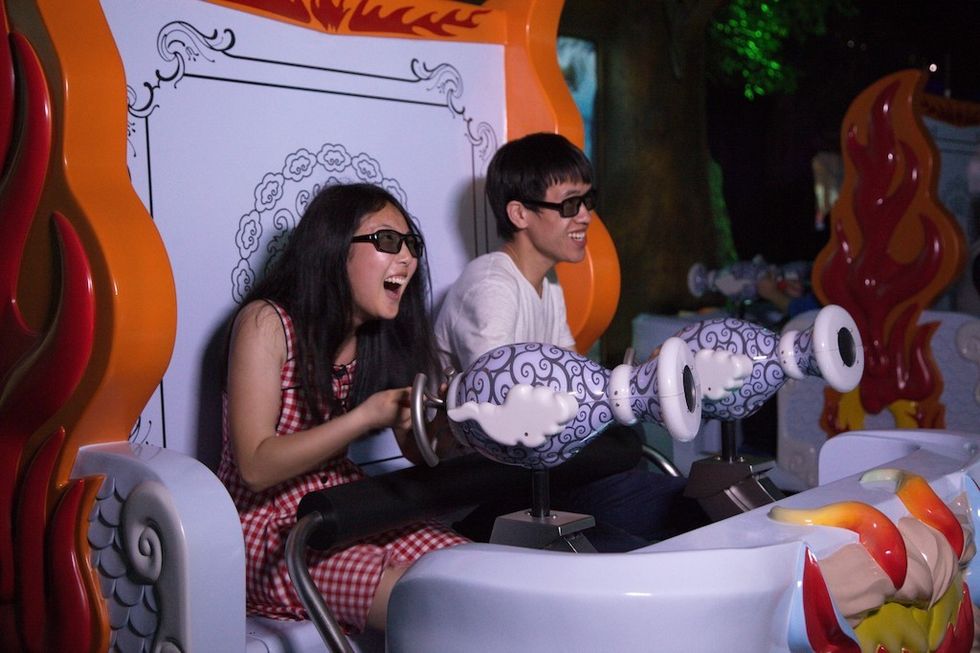
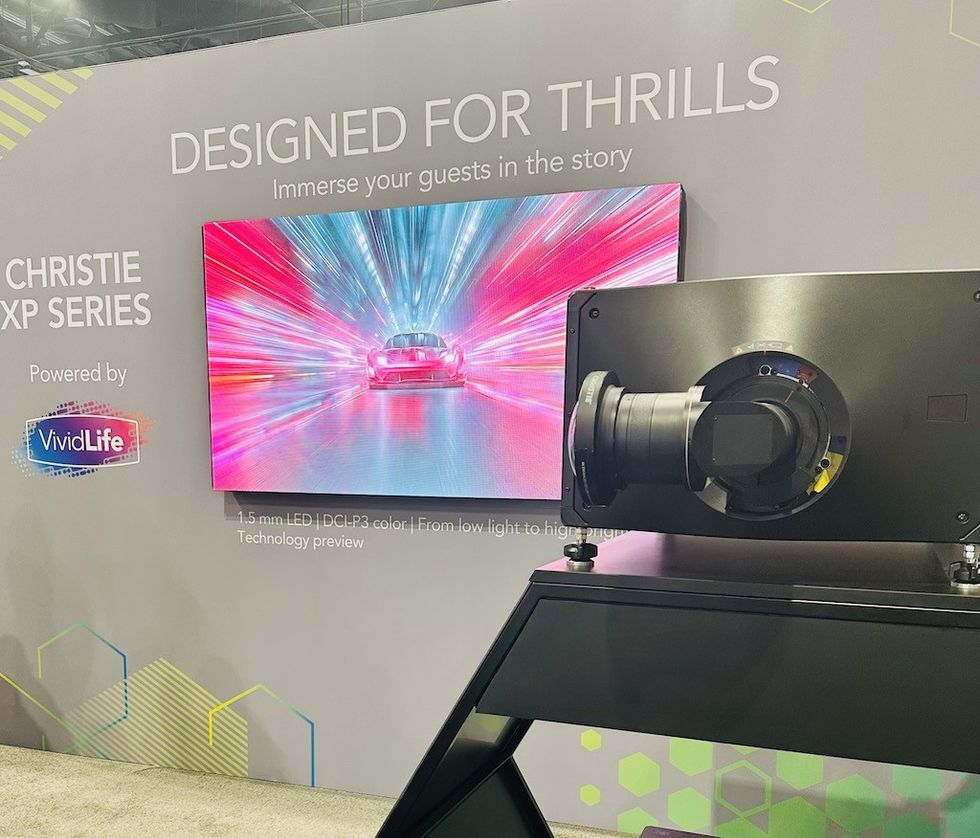
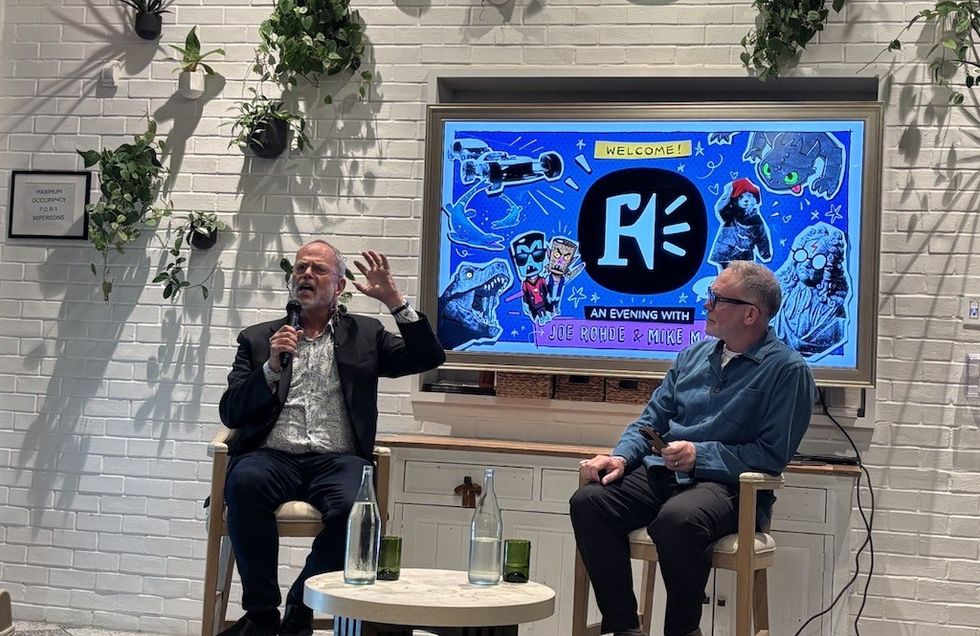
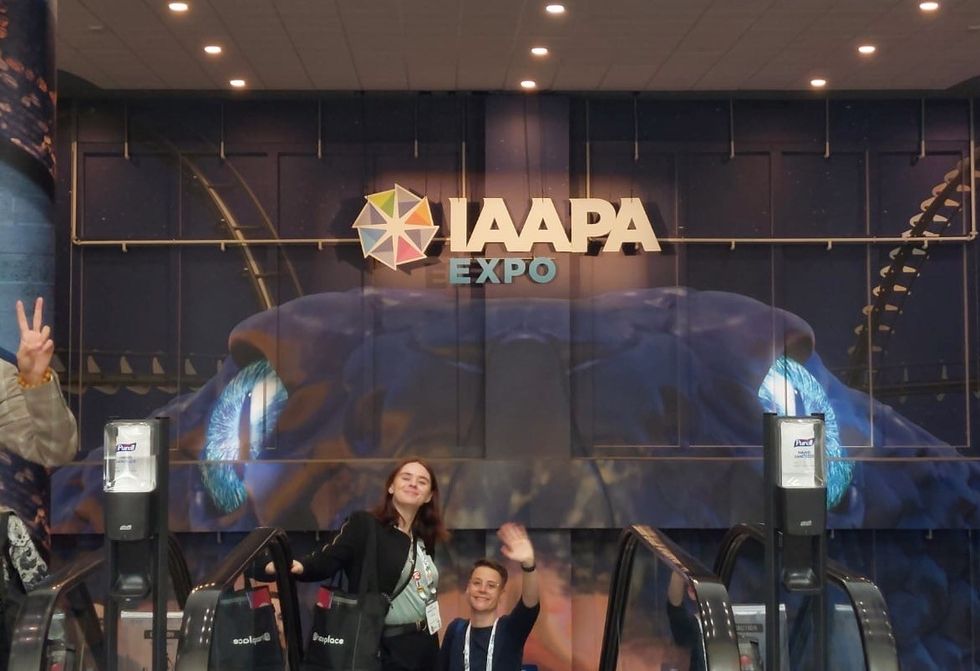 See you next year!
See you next year!